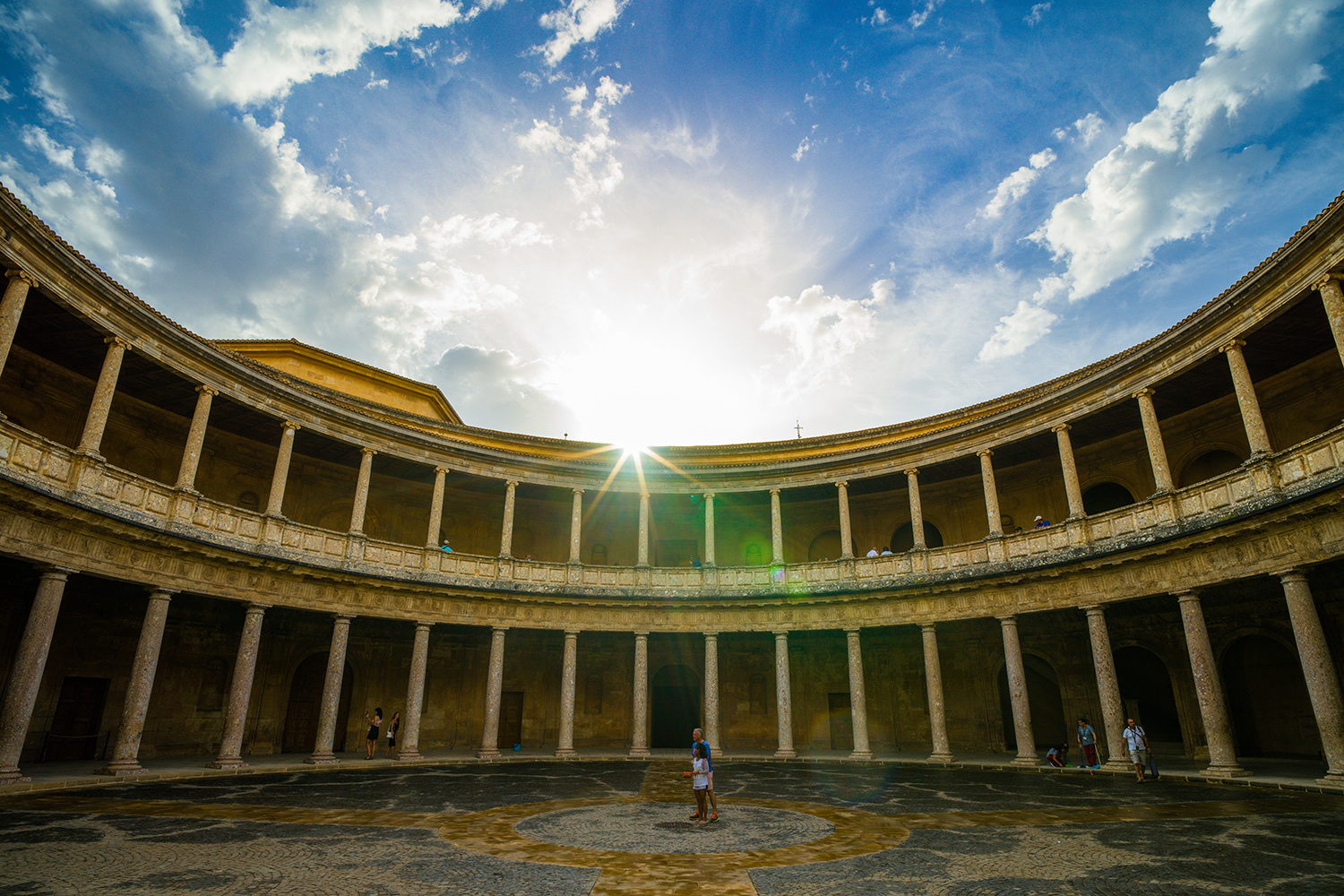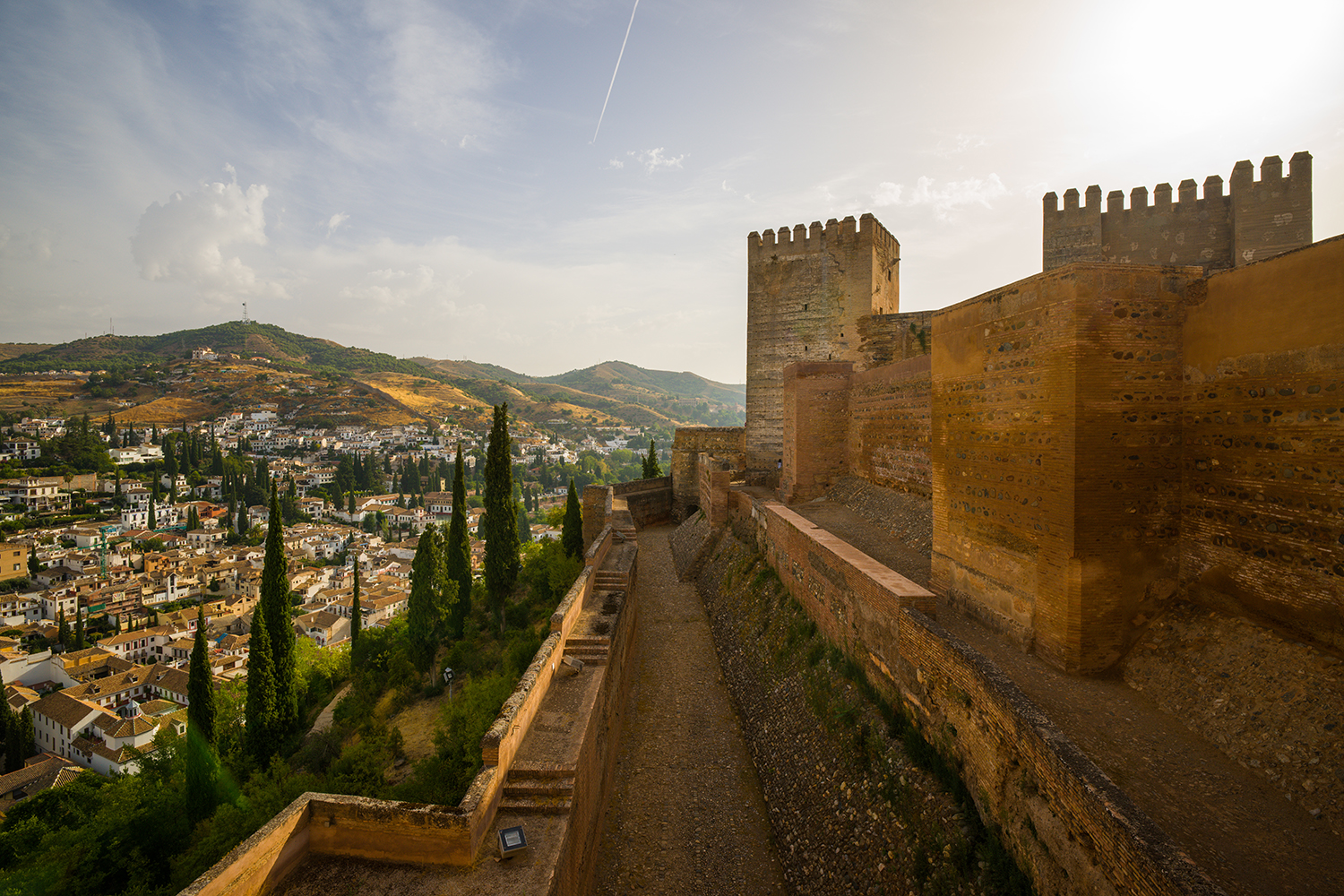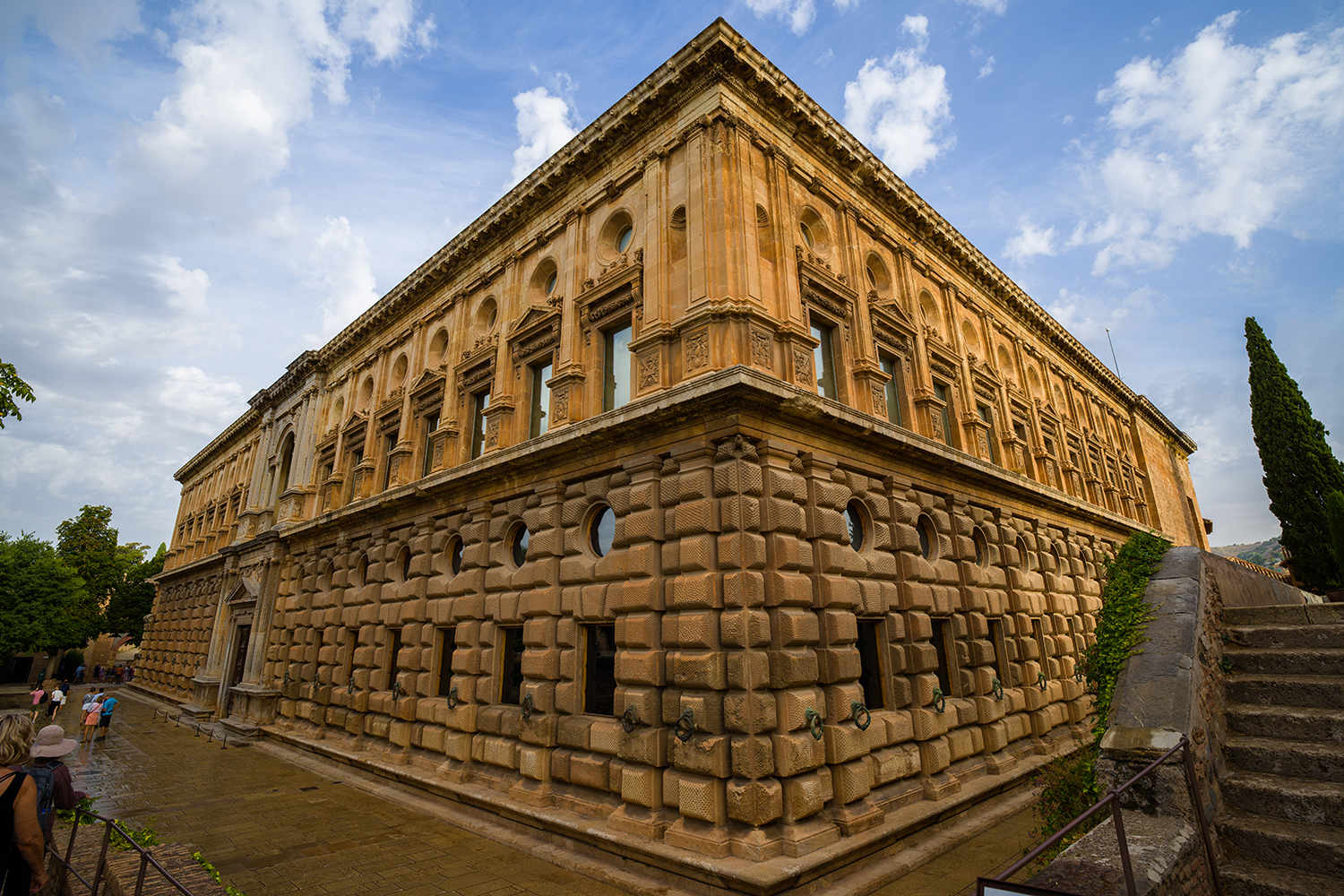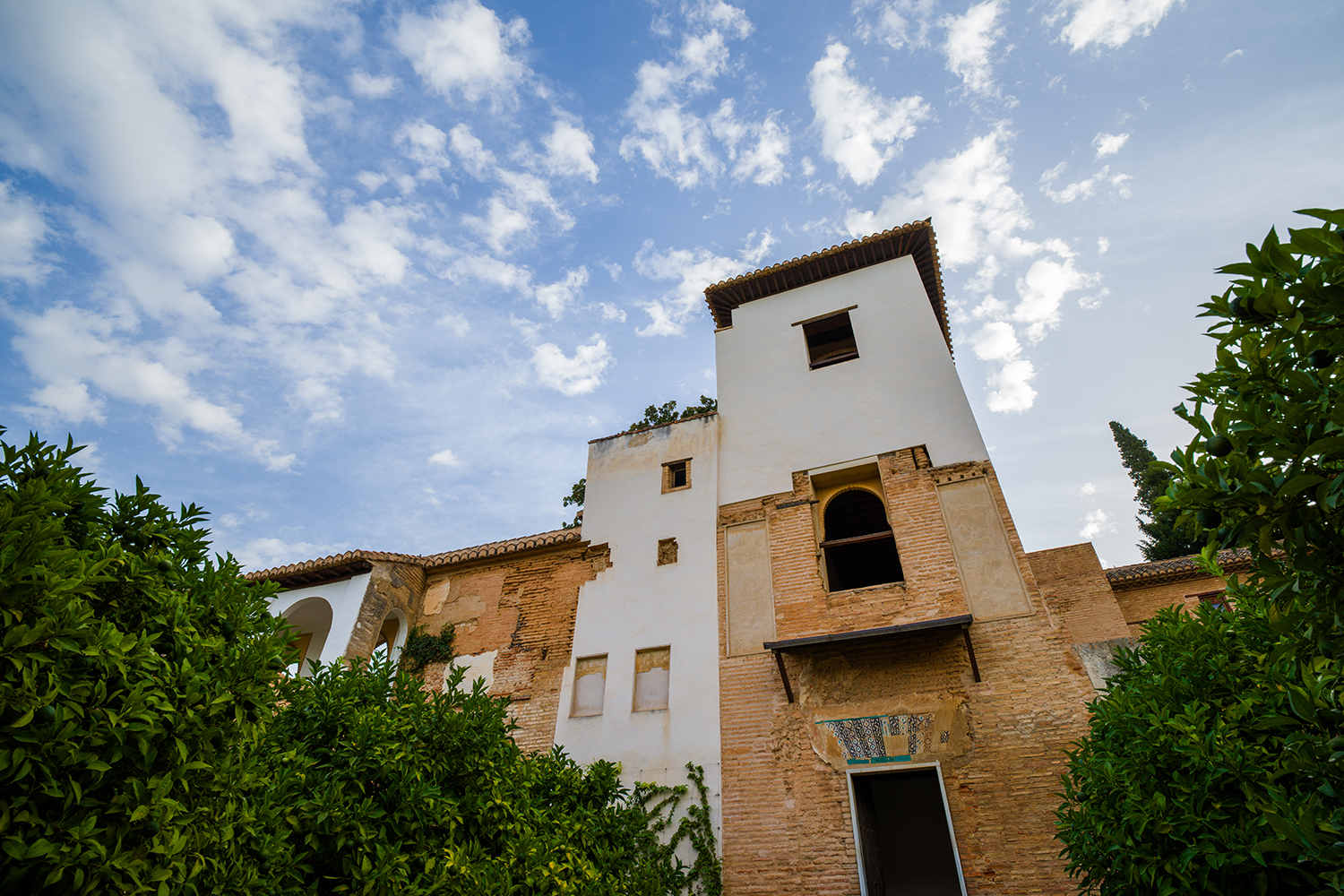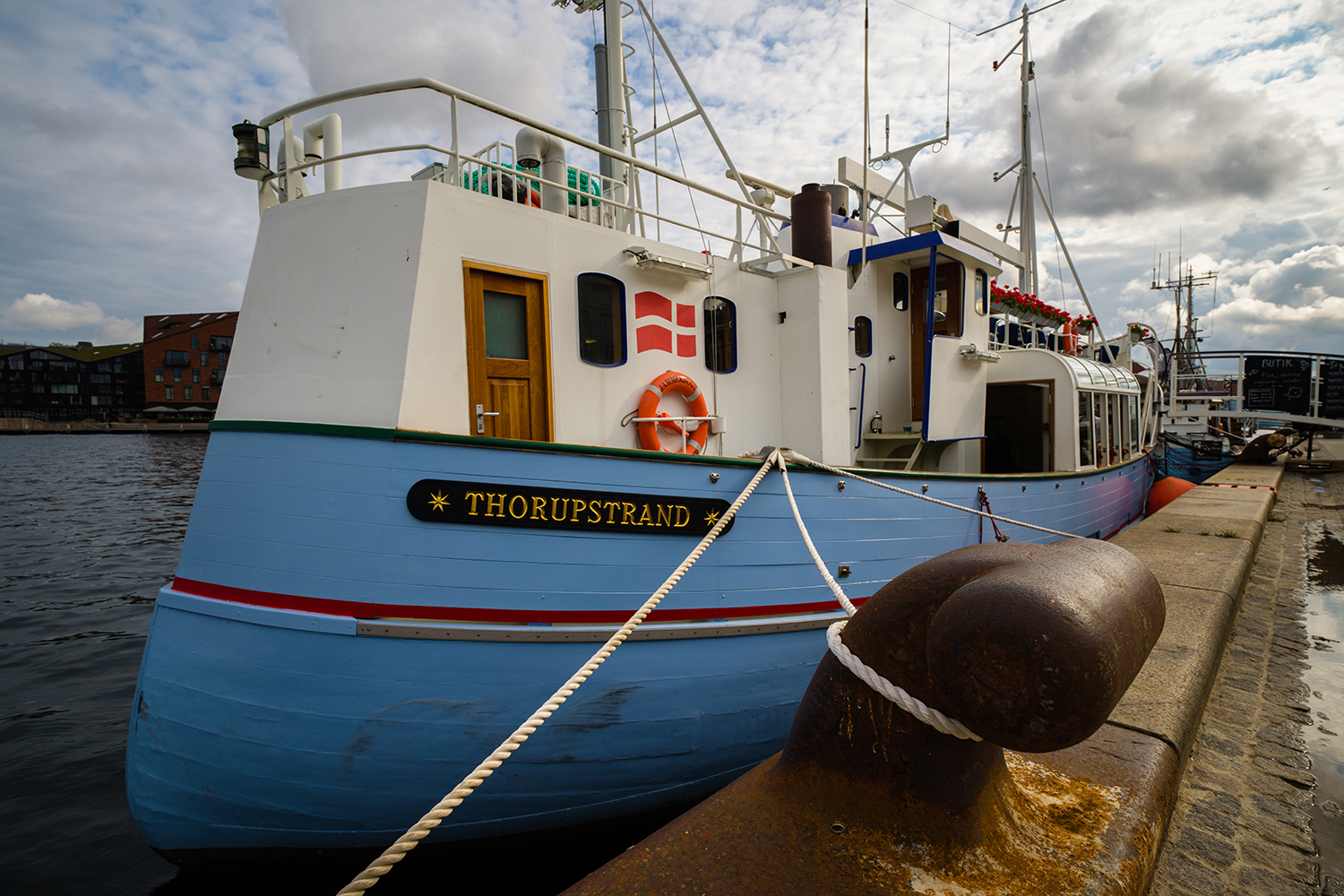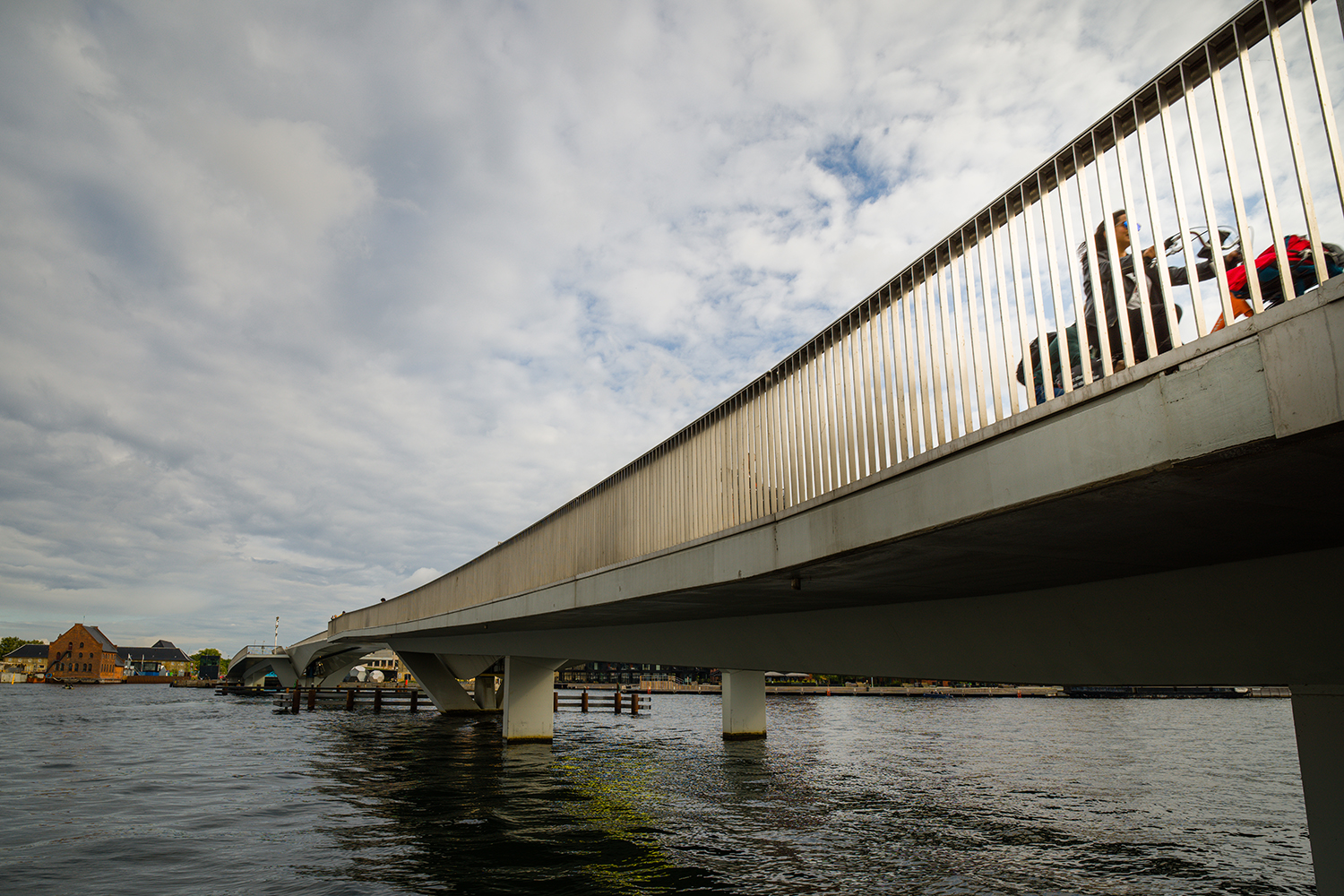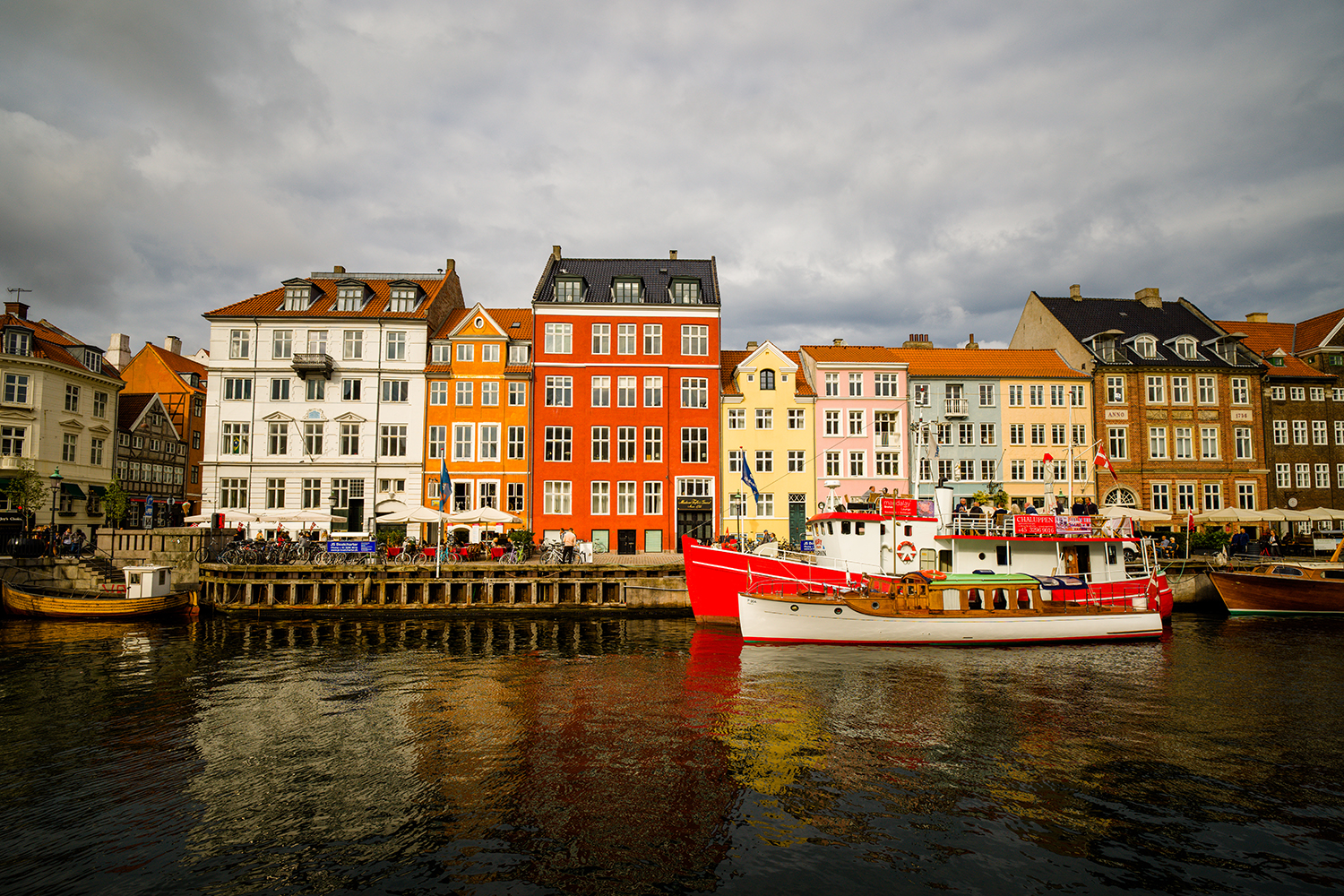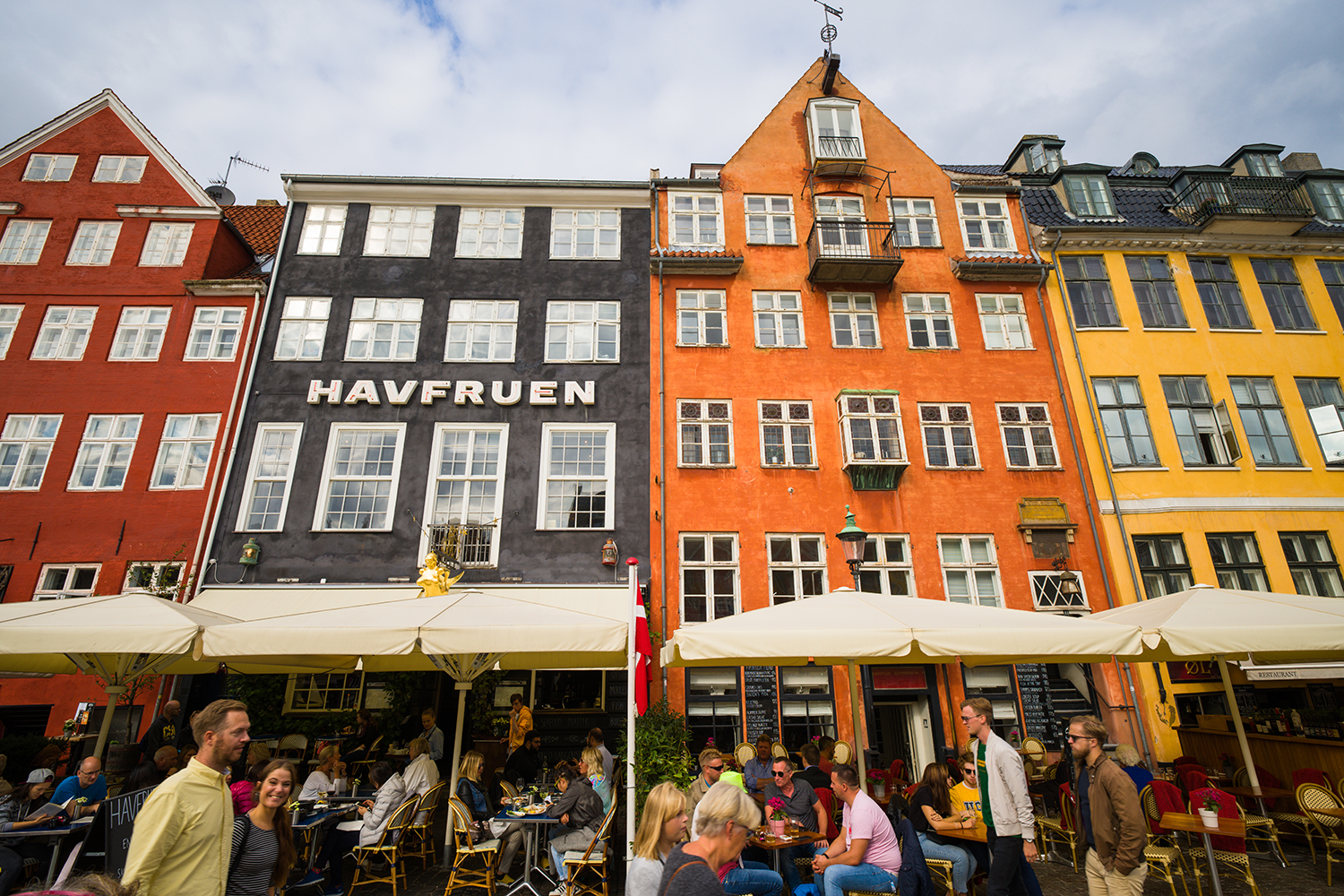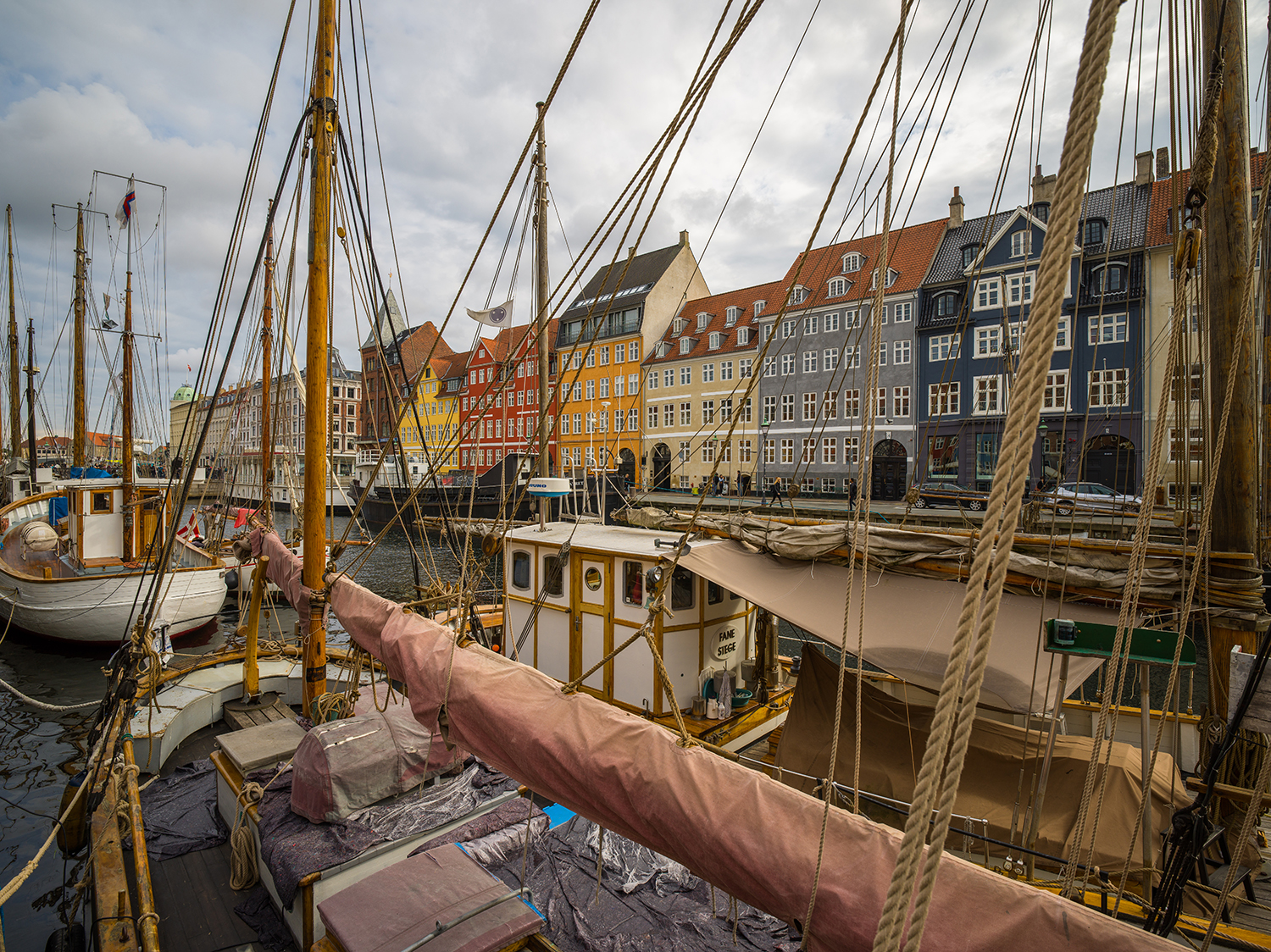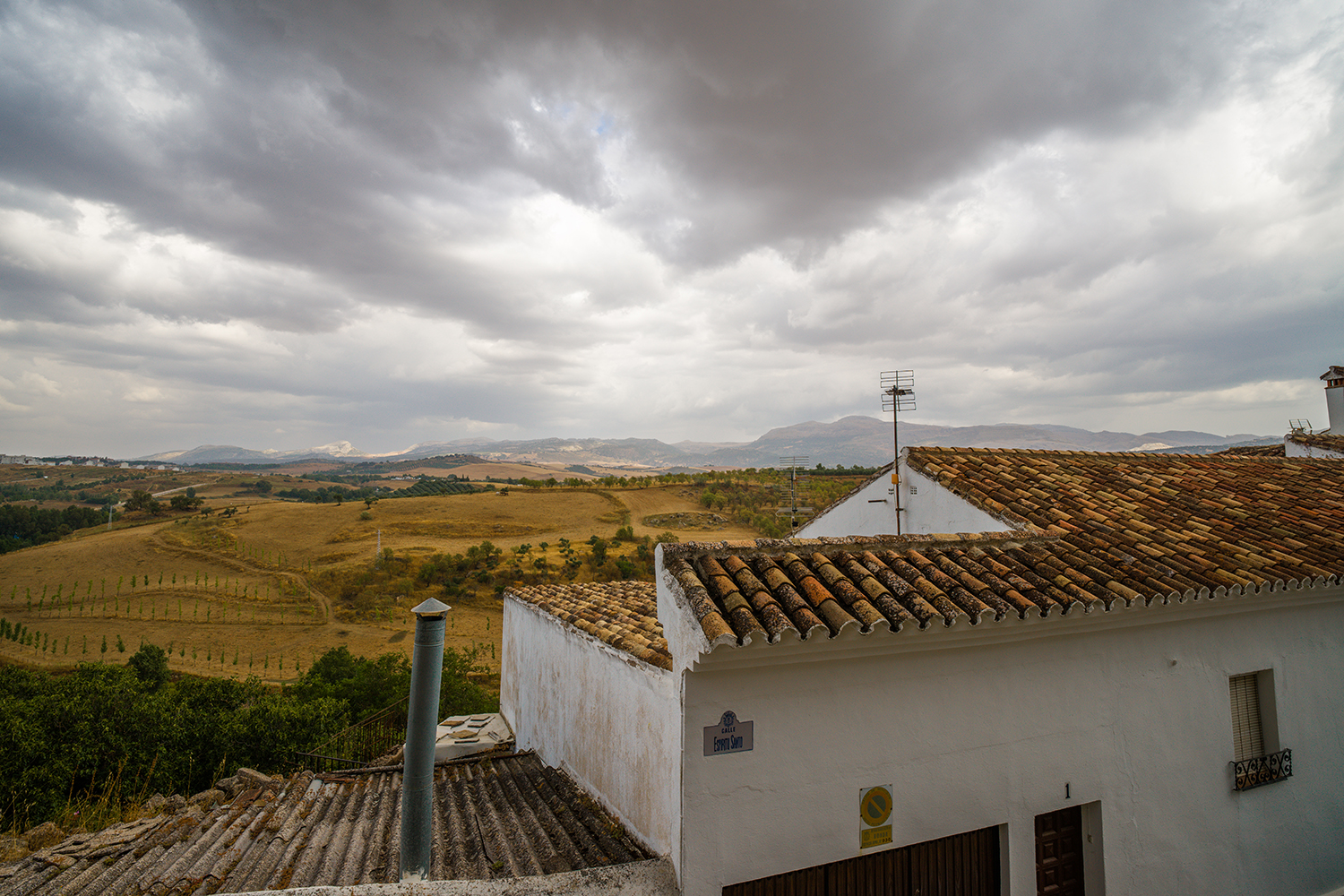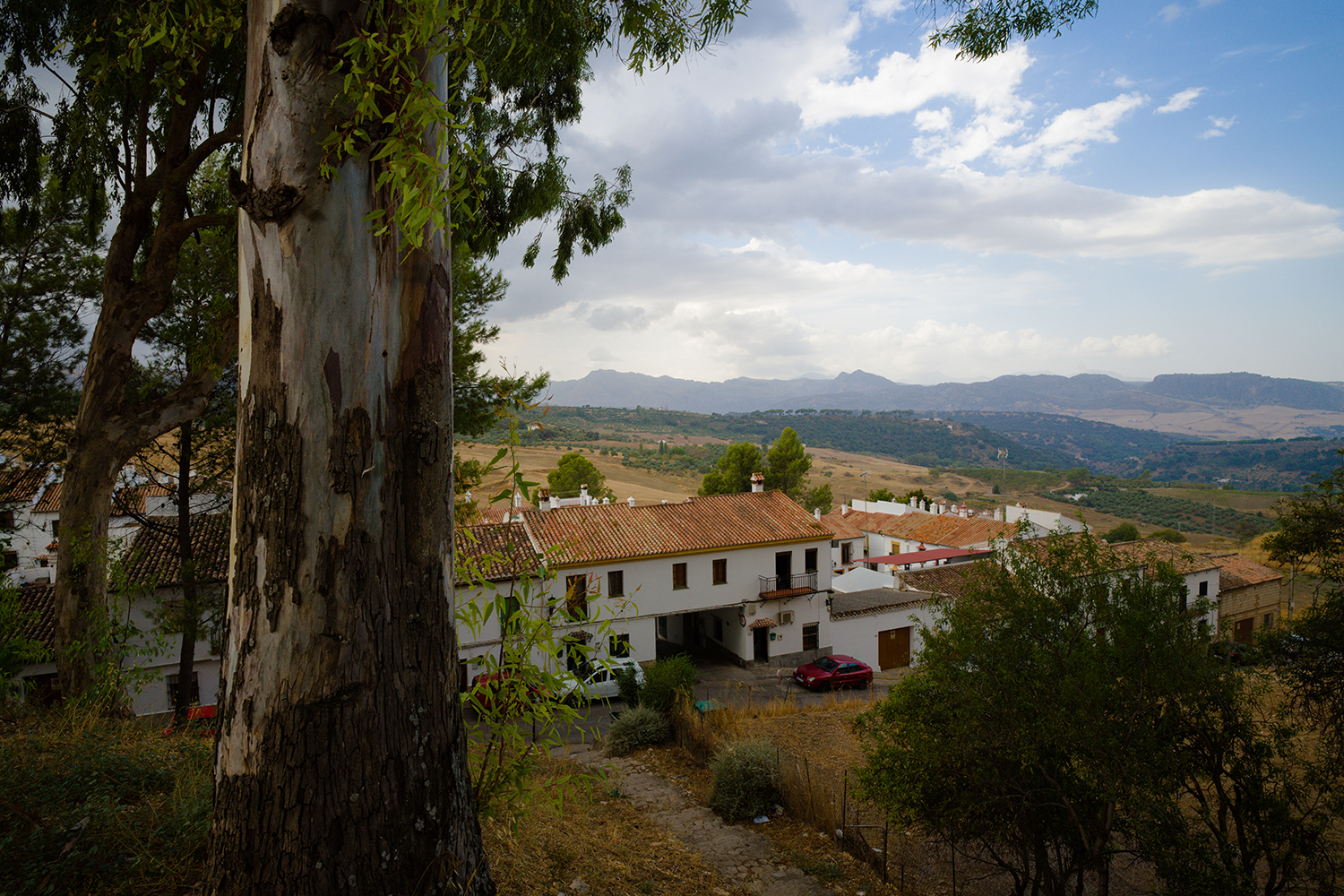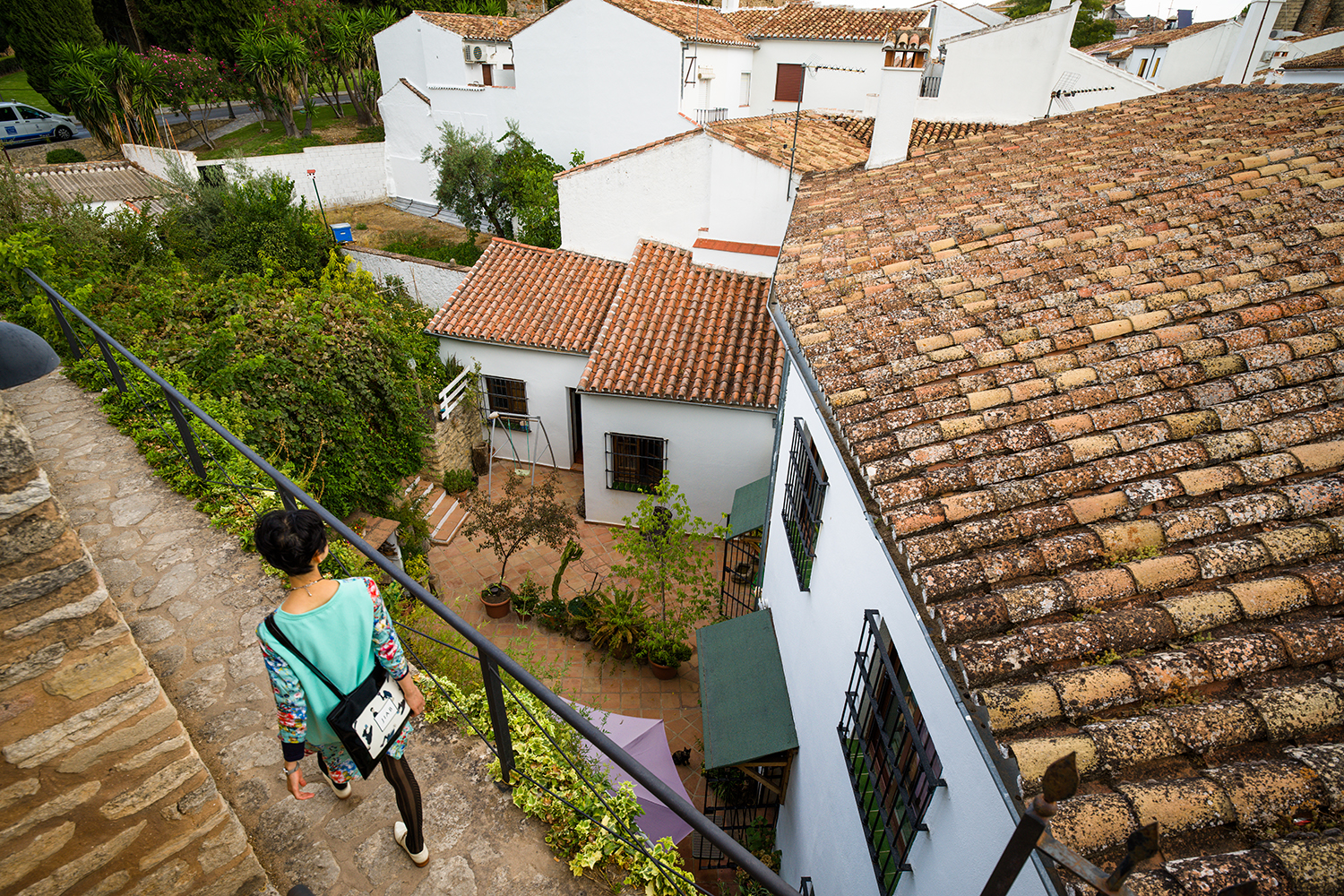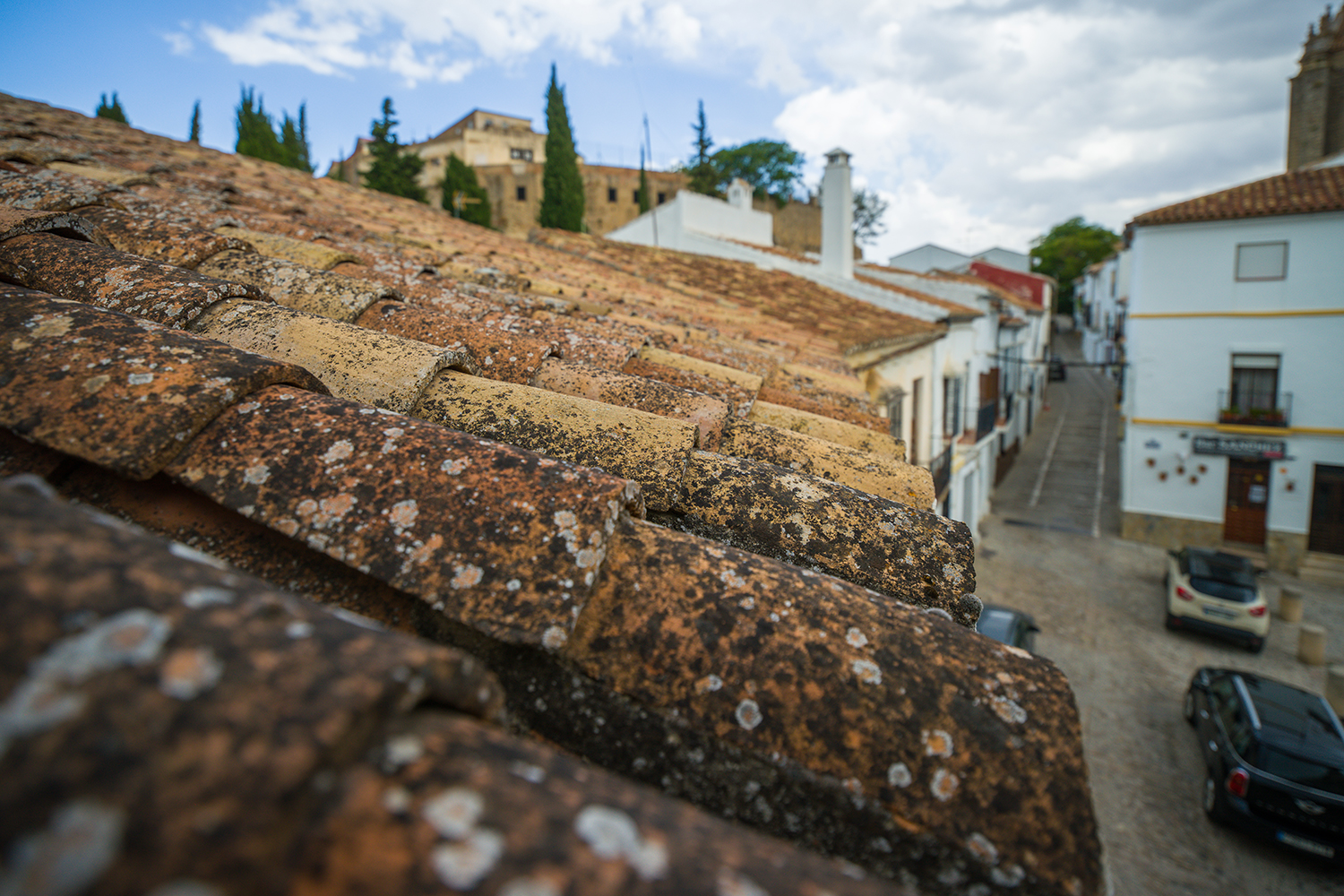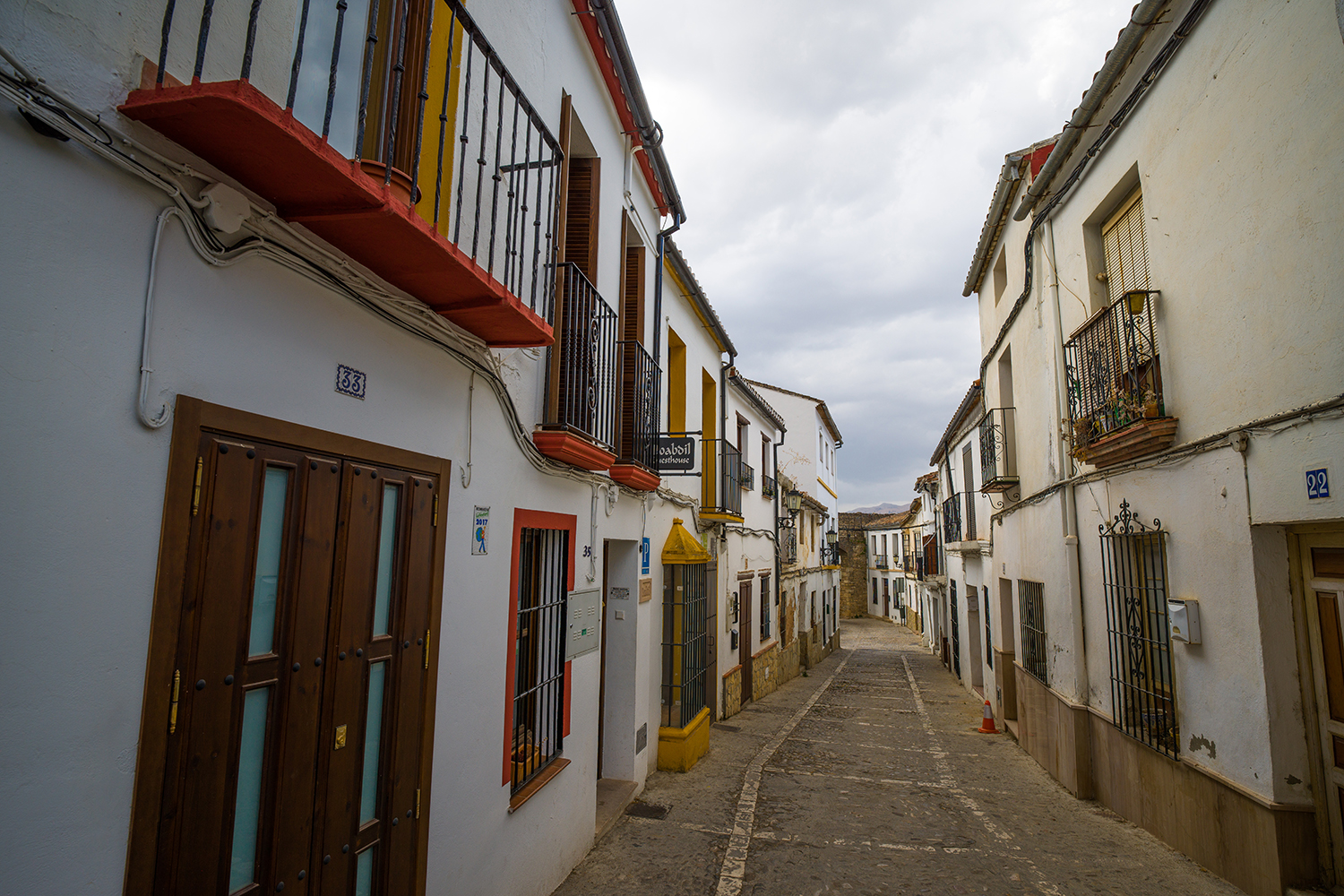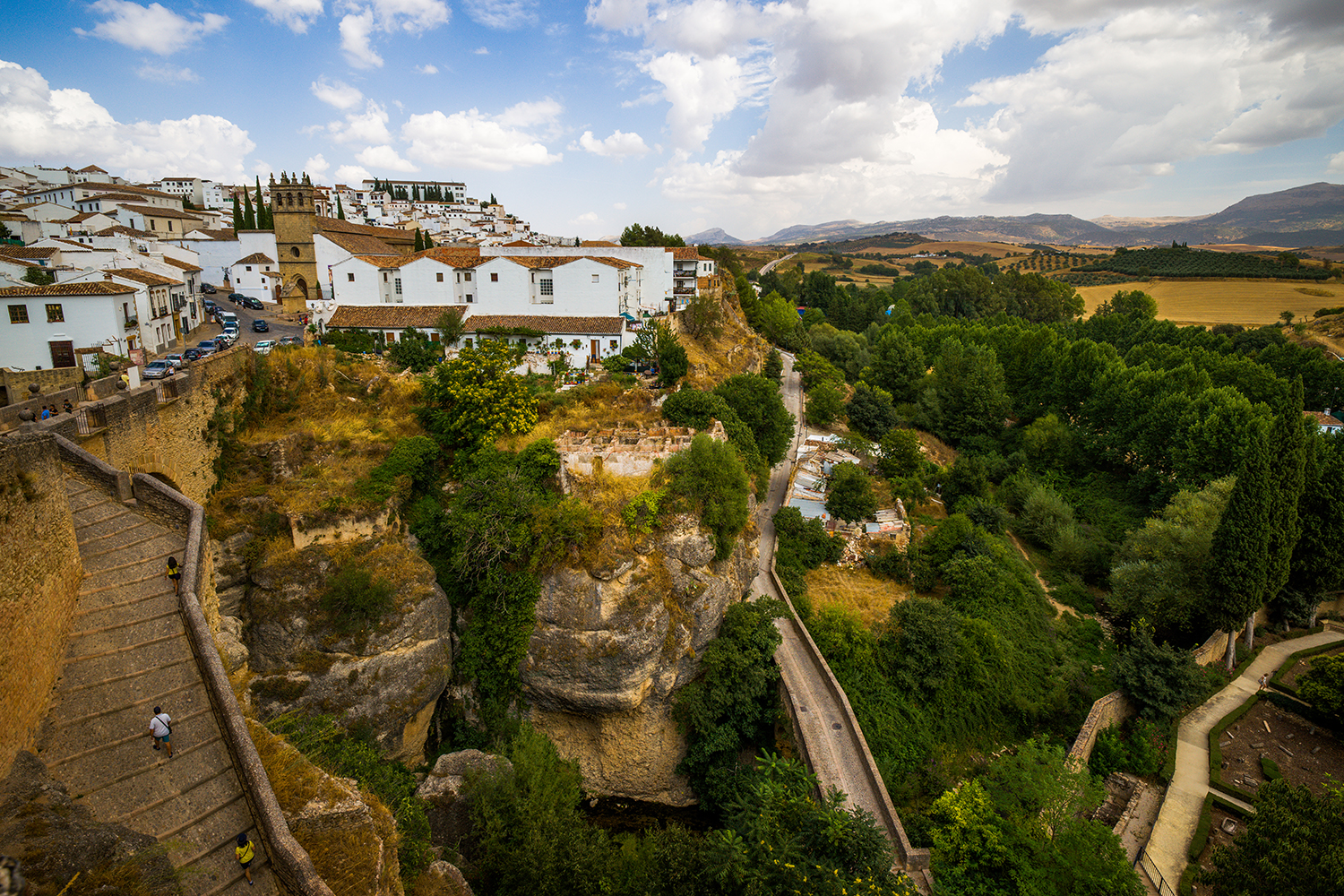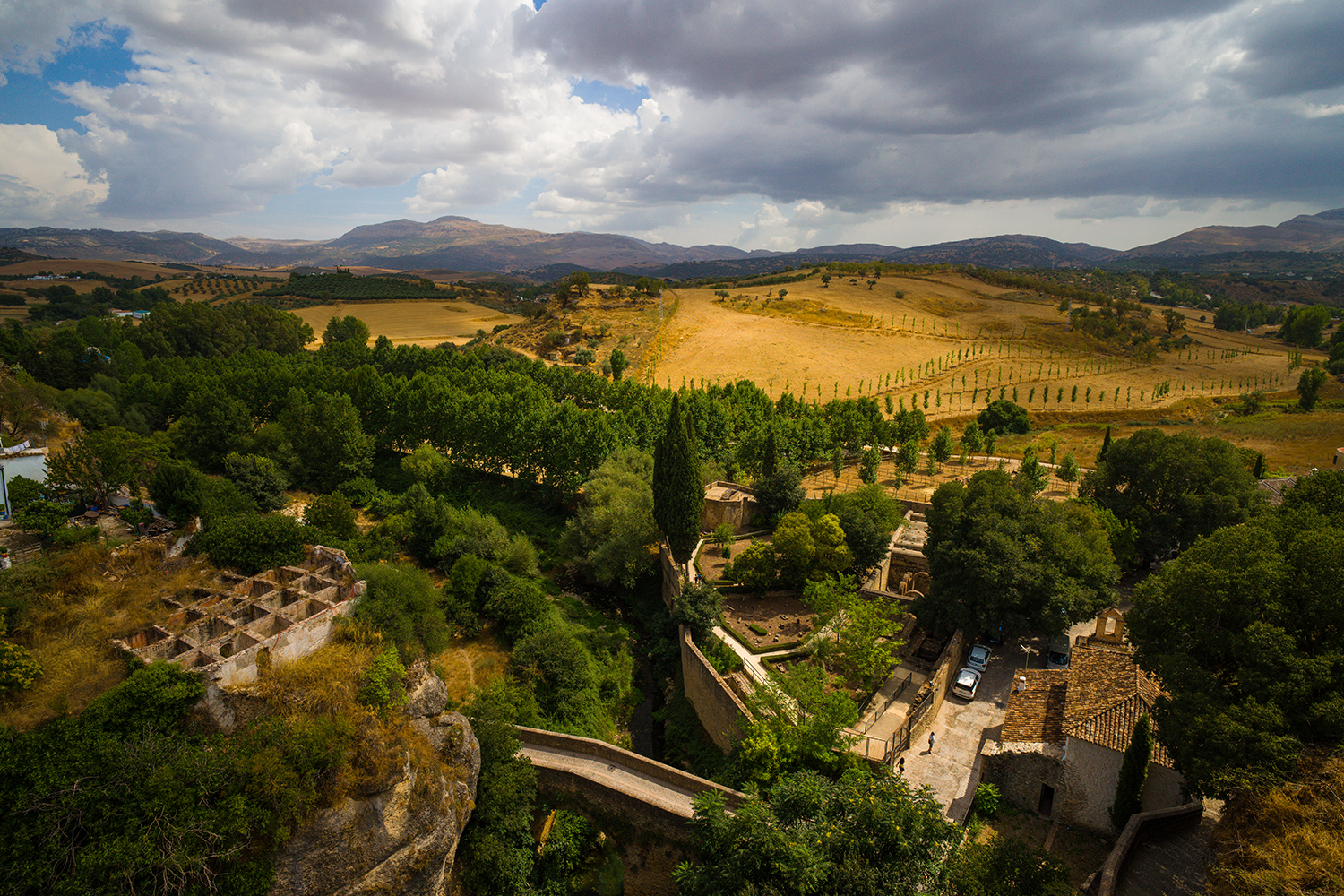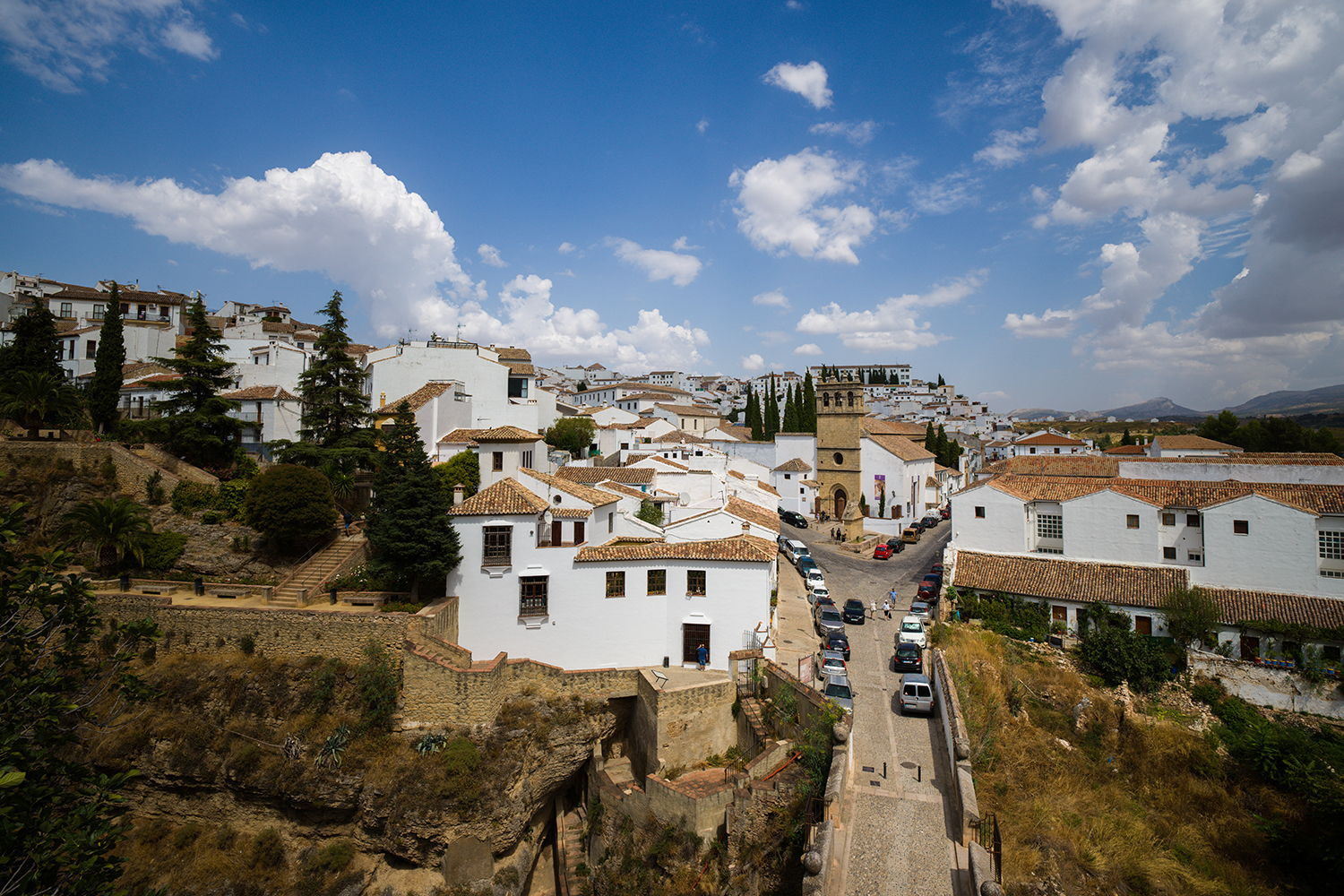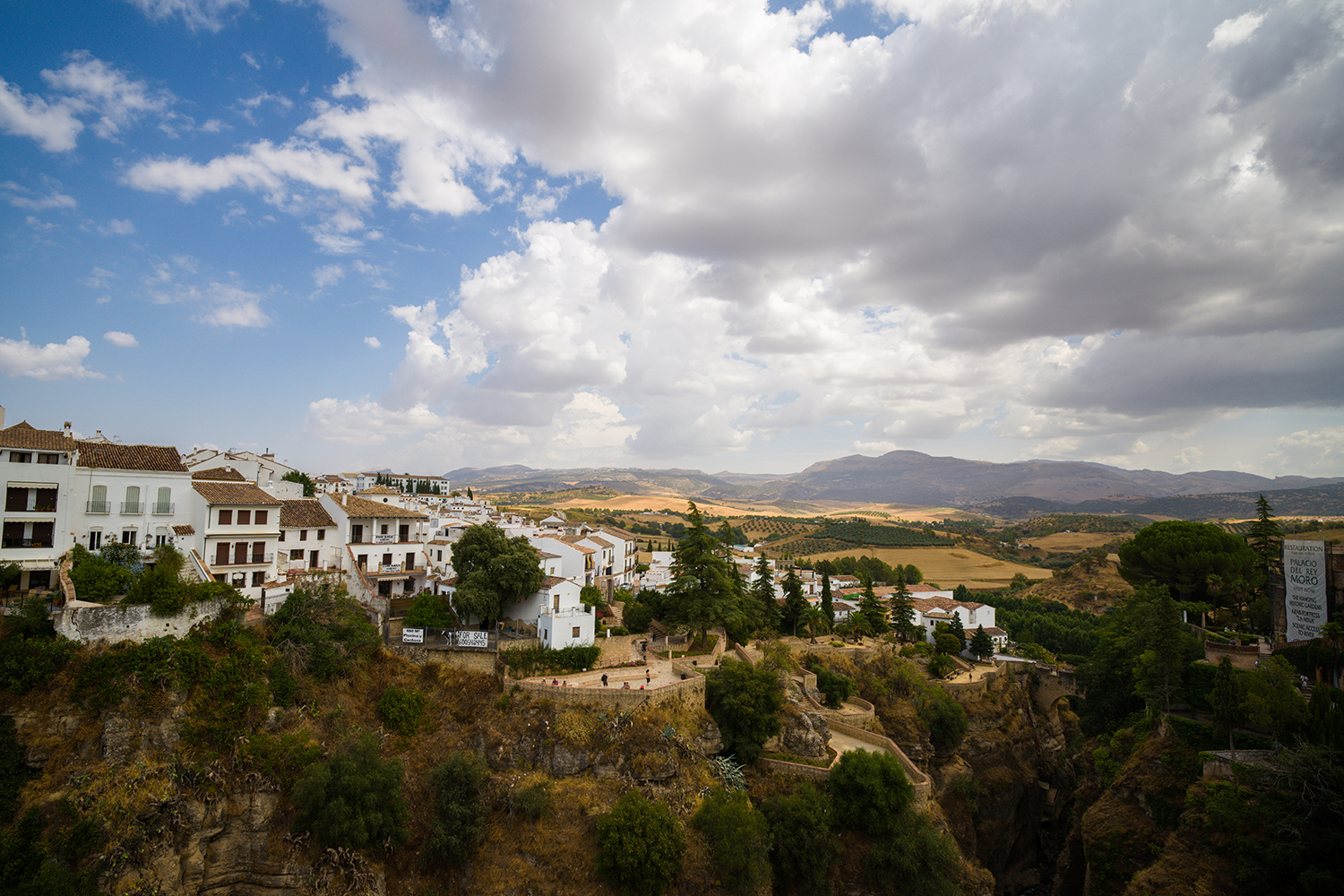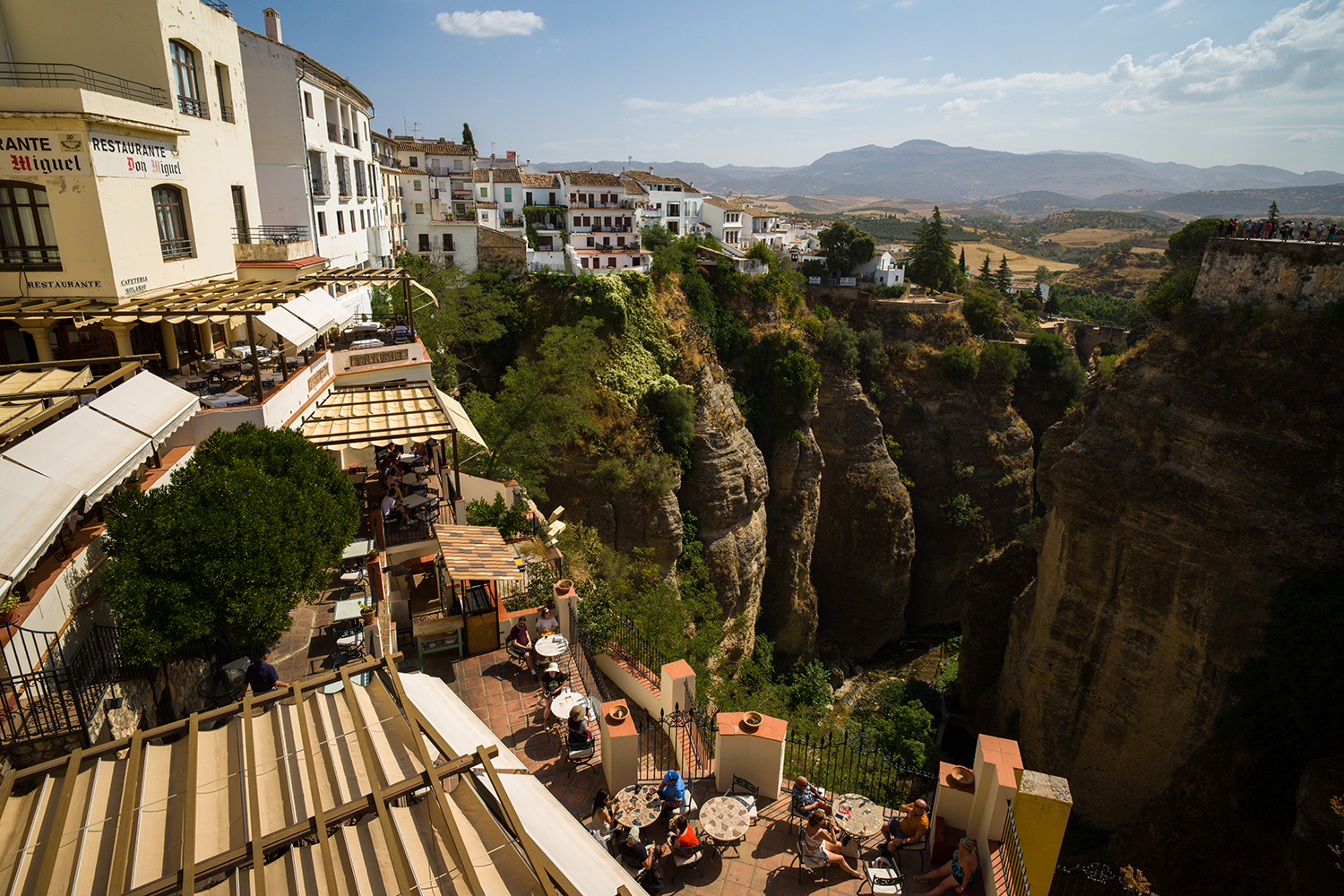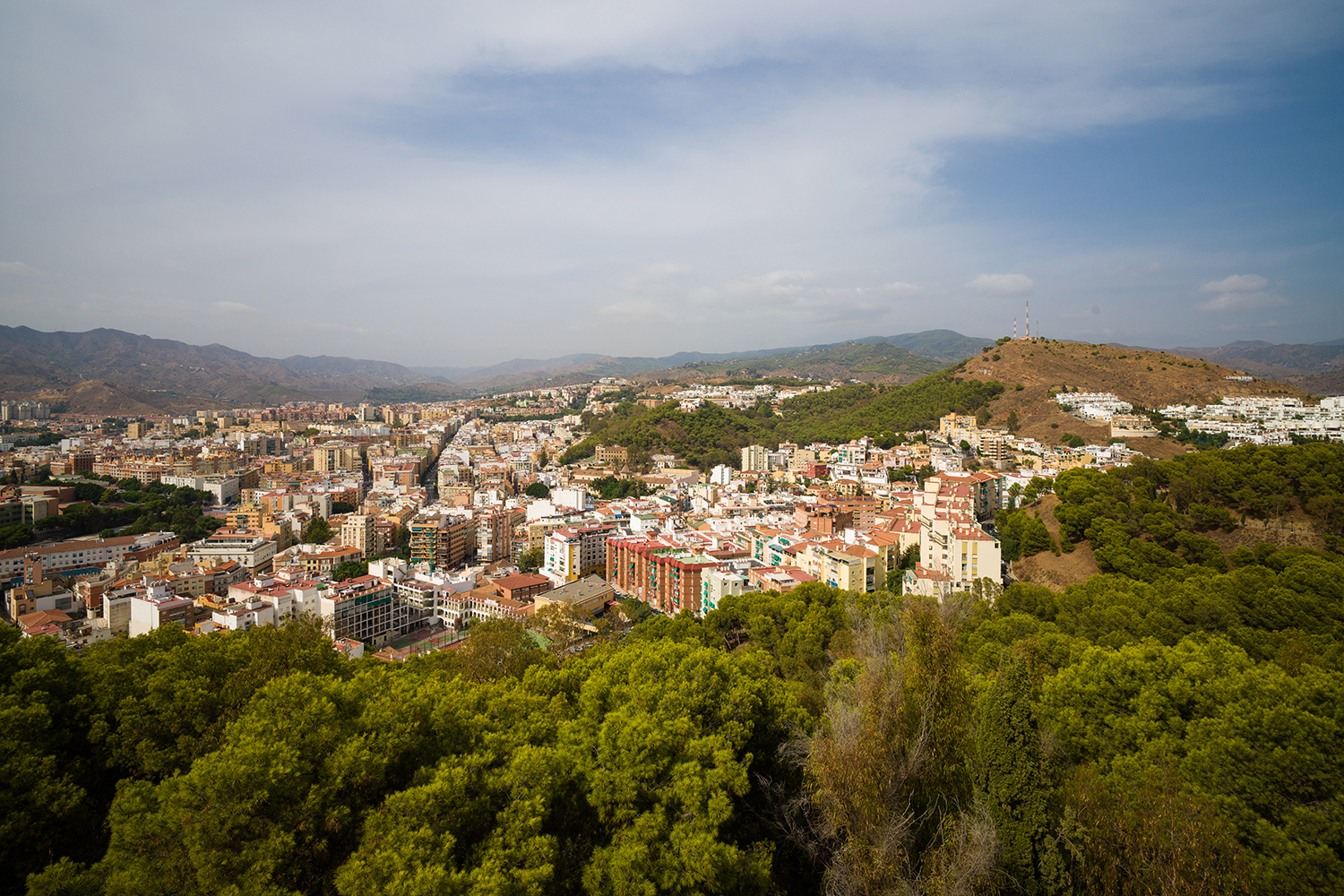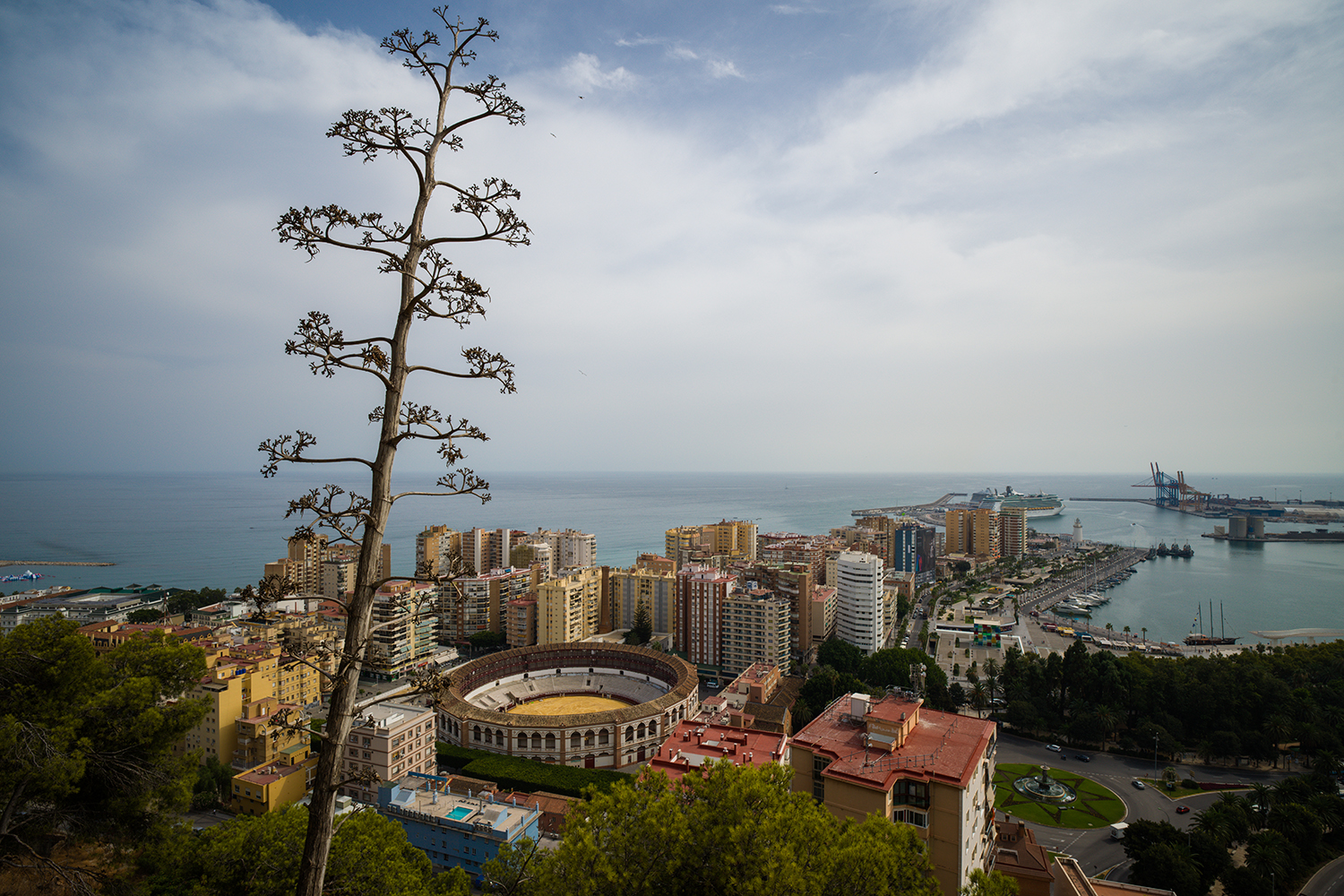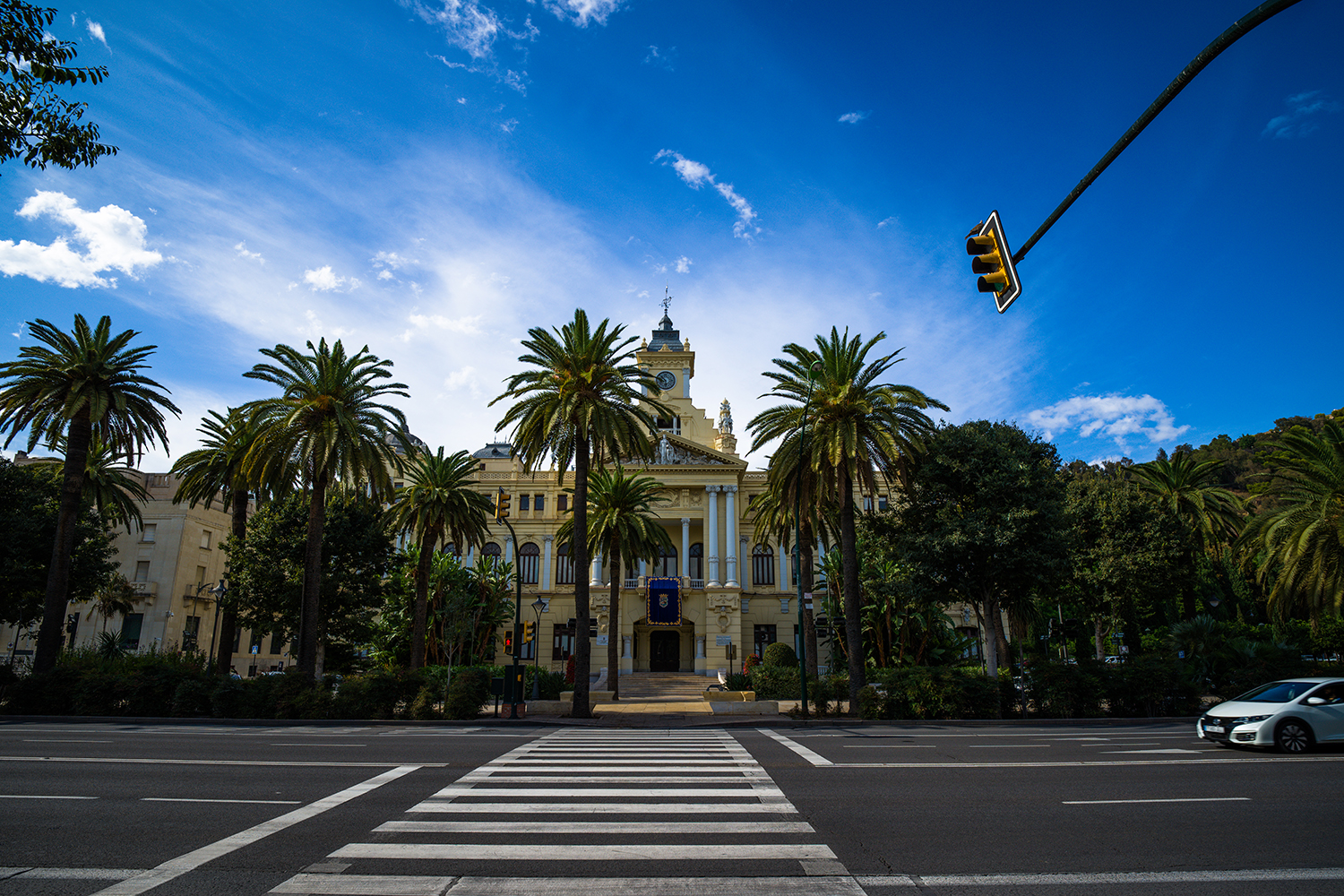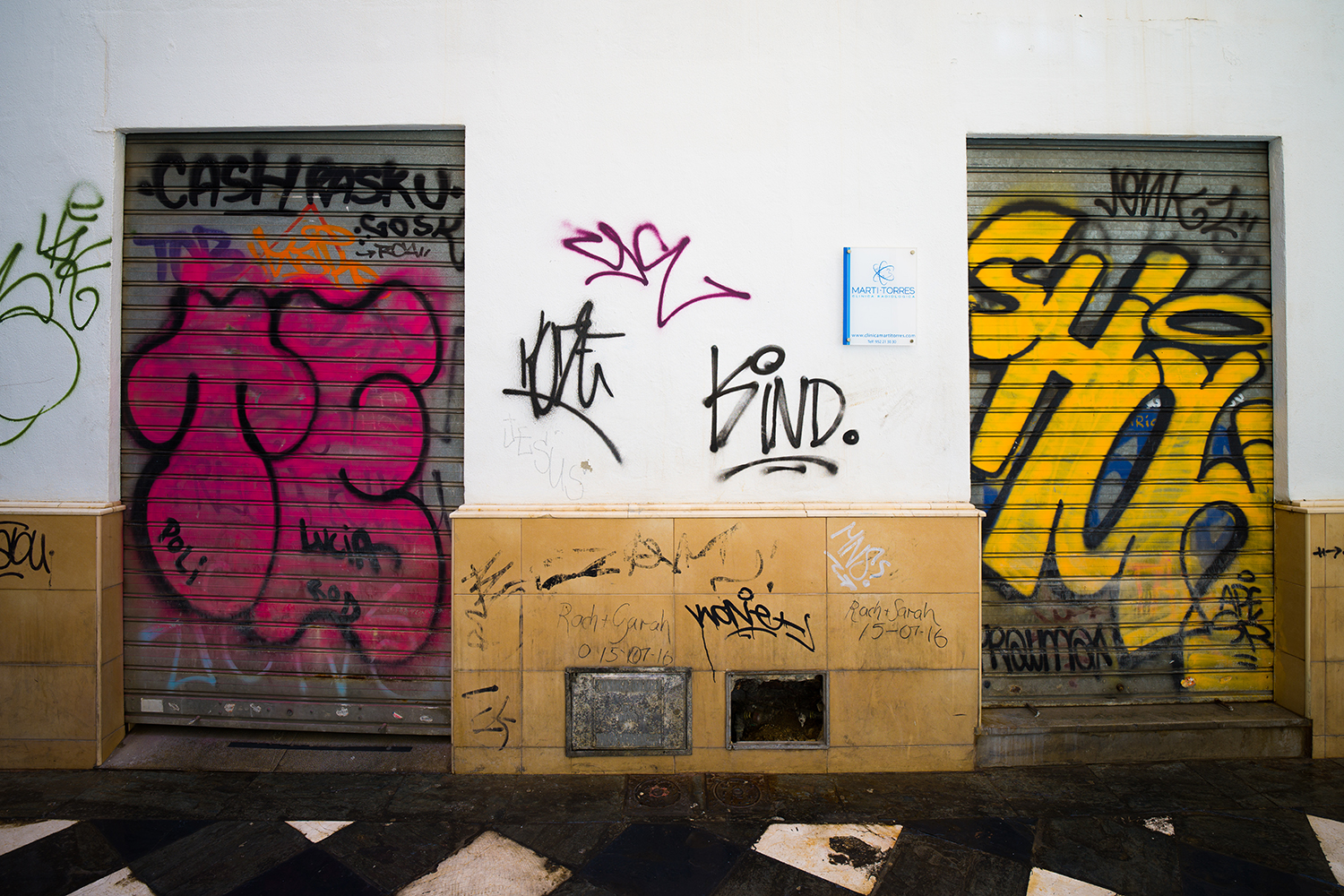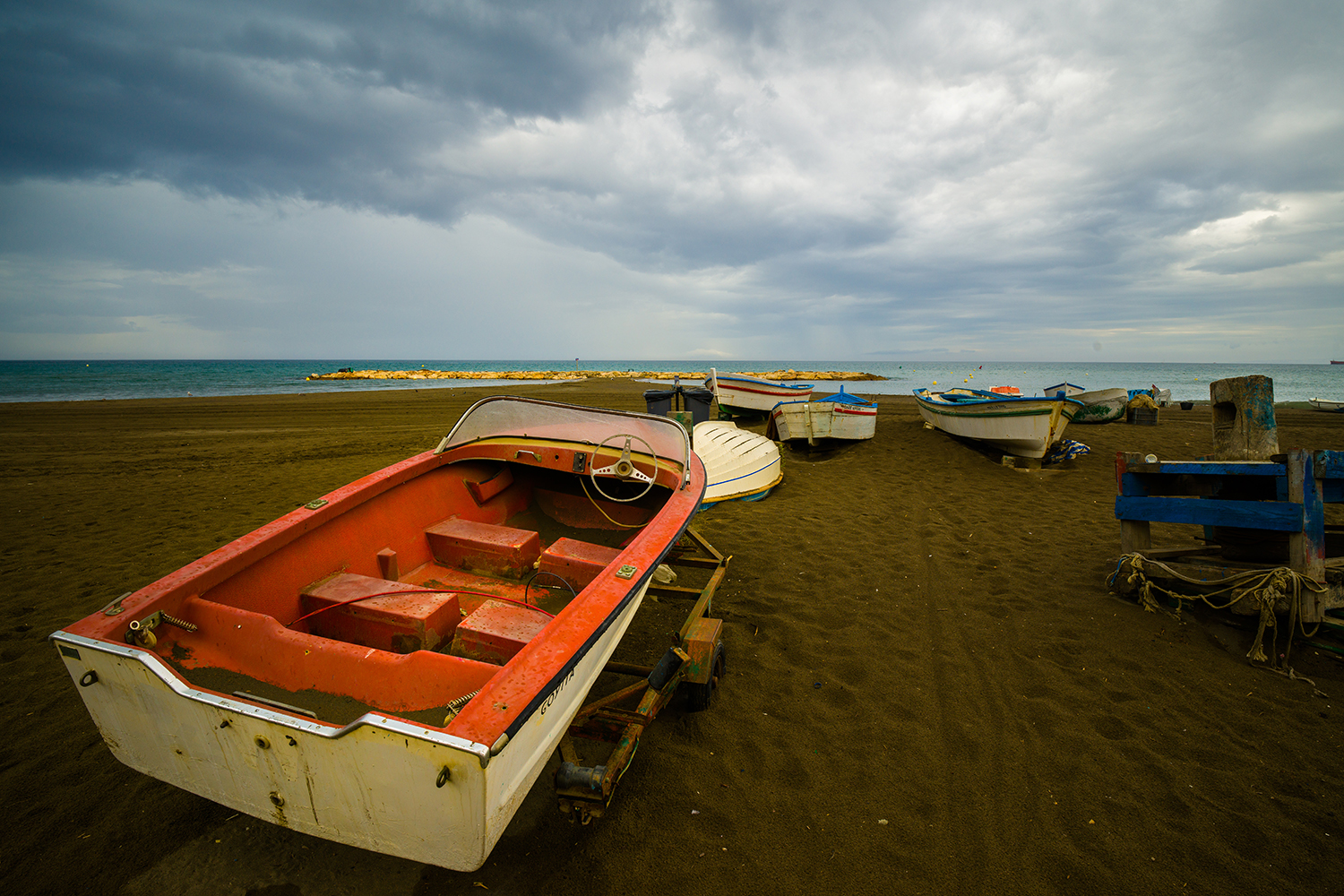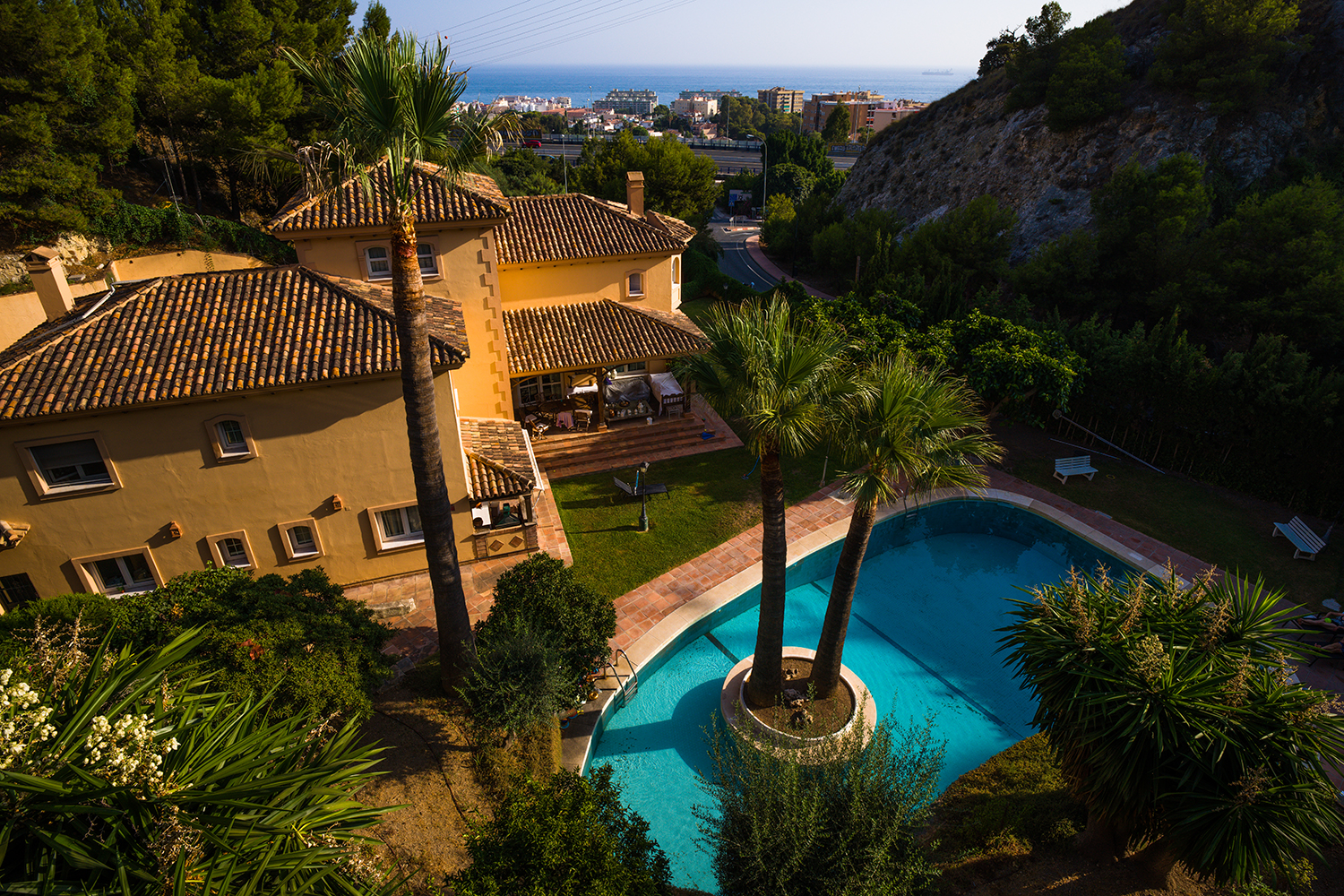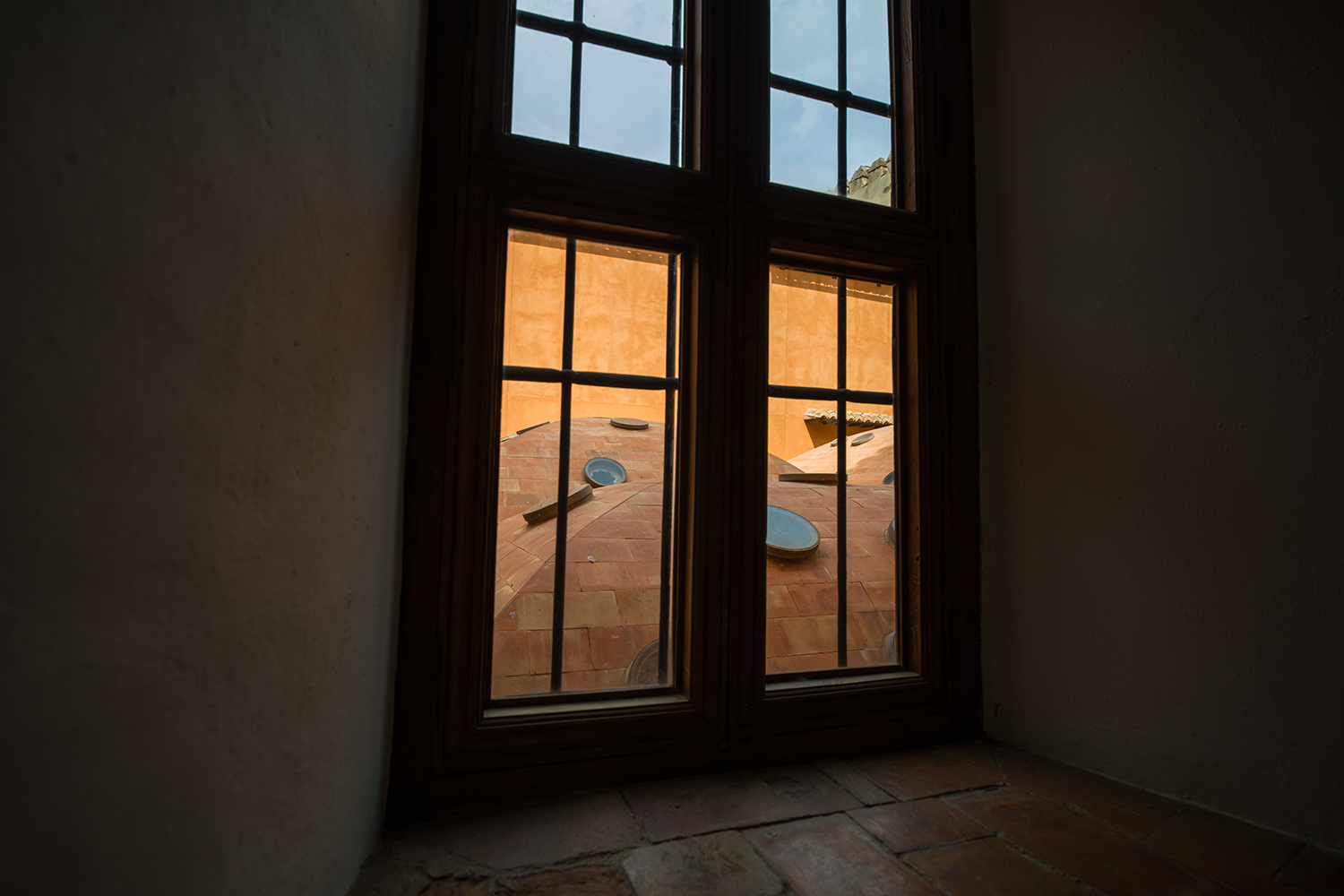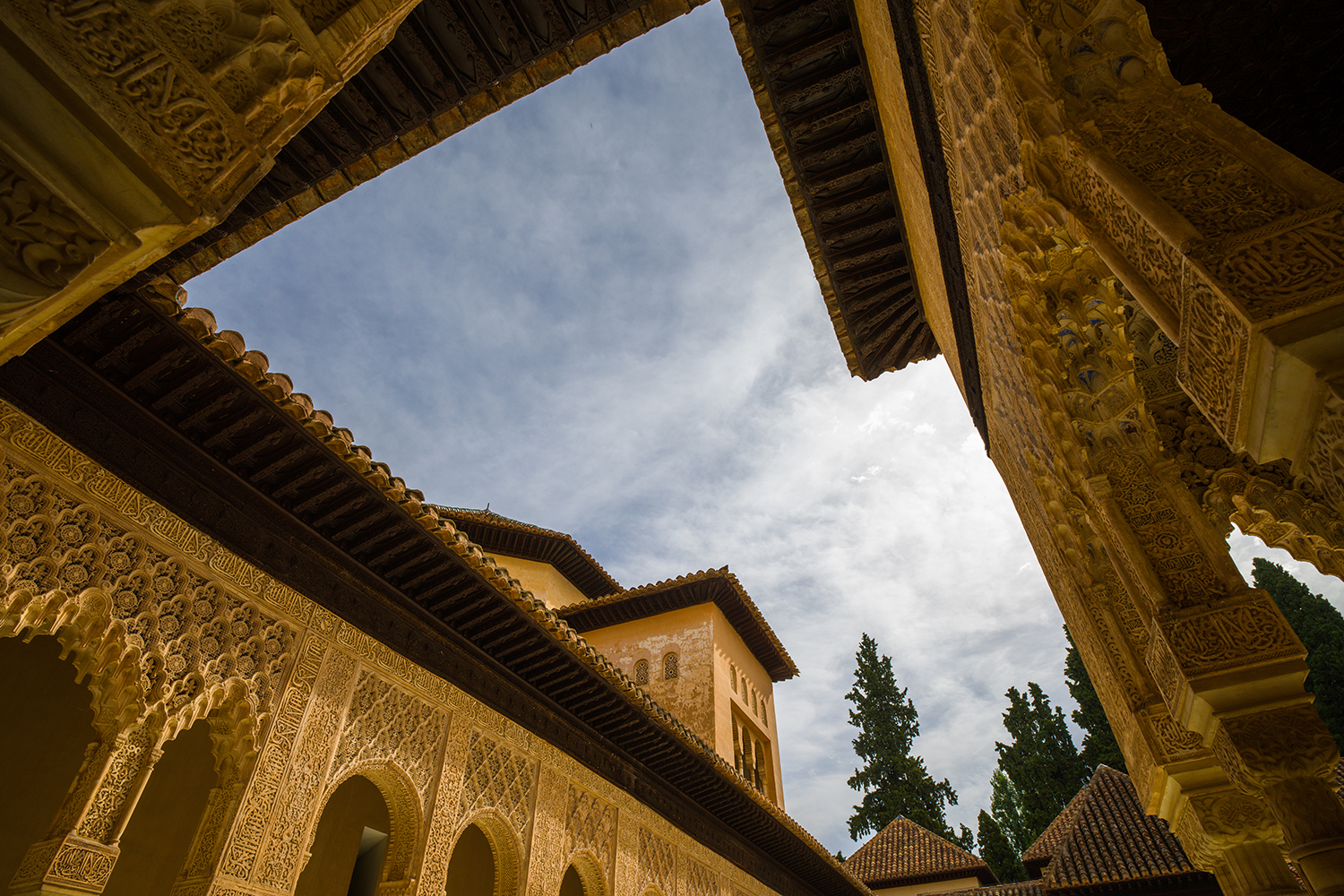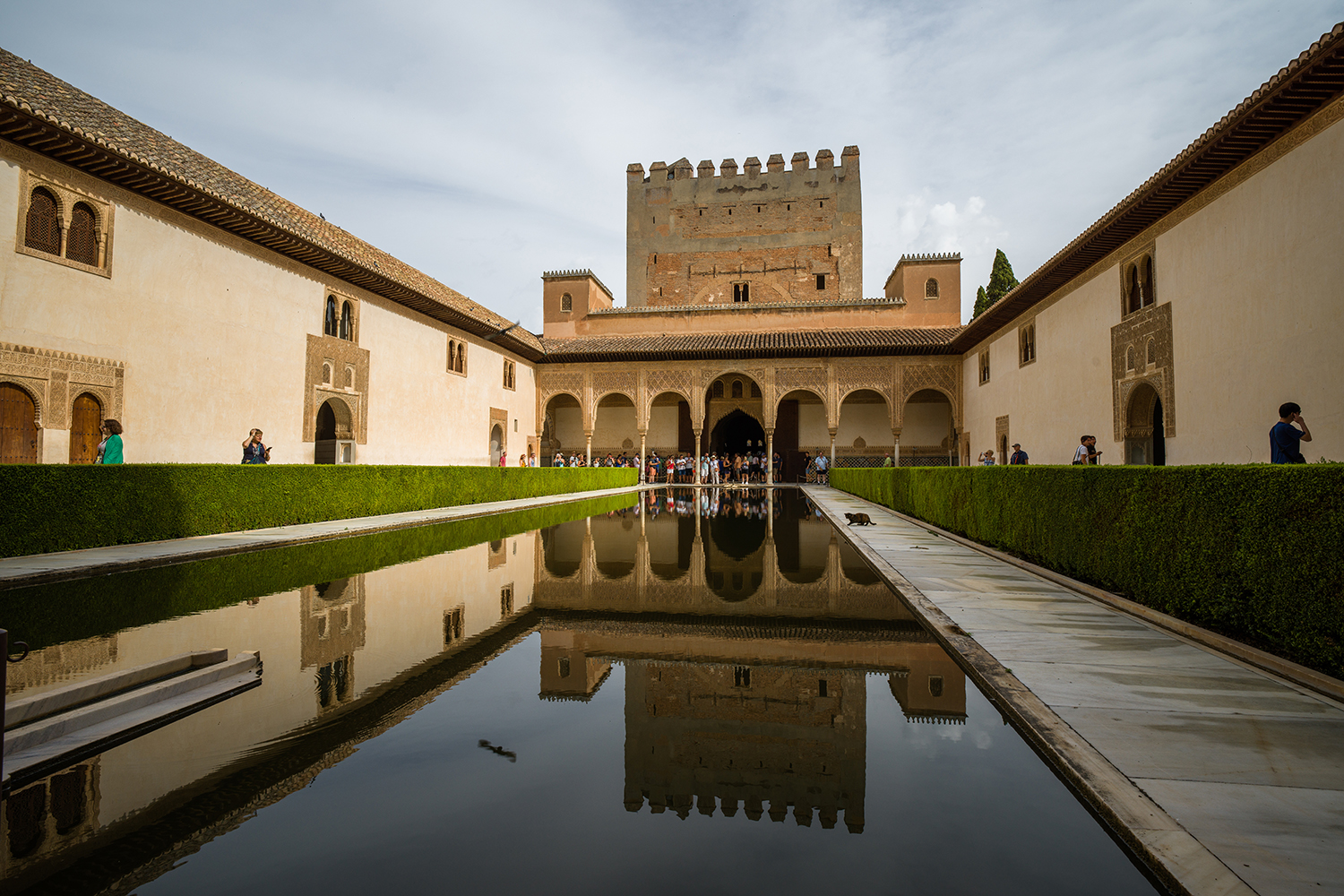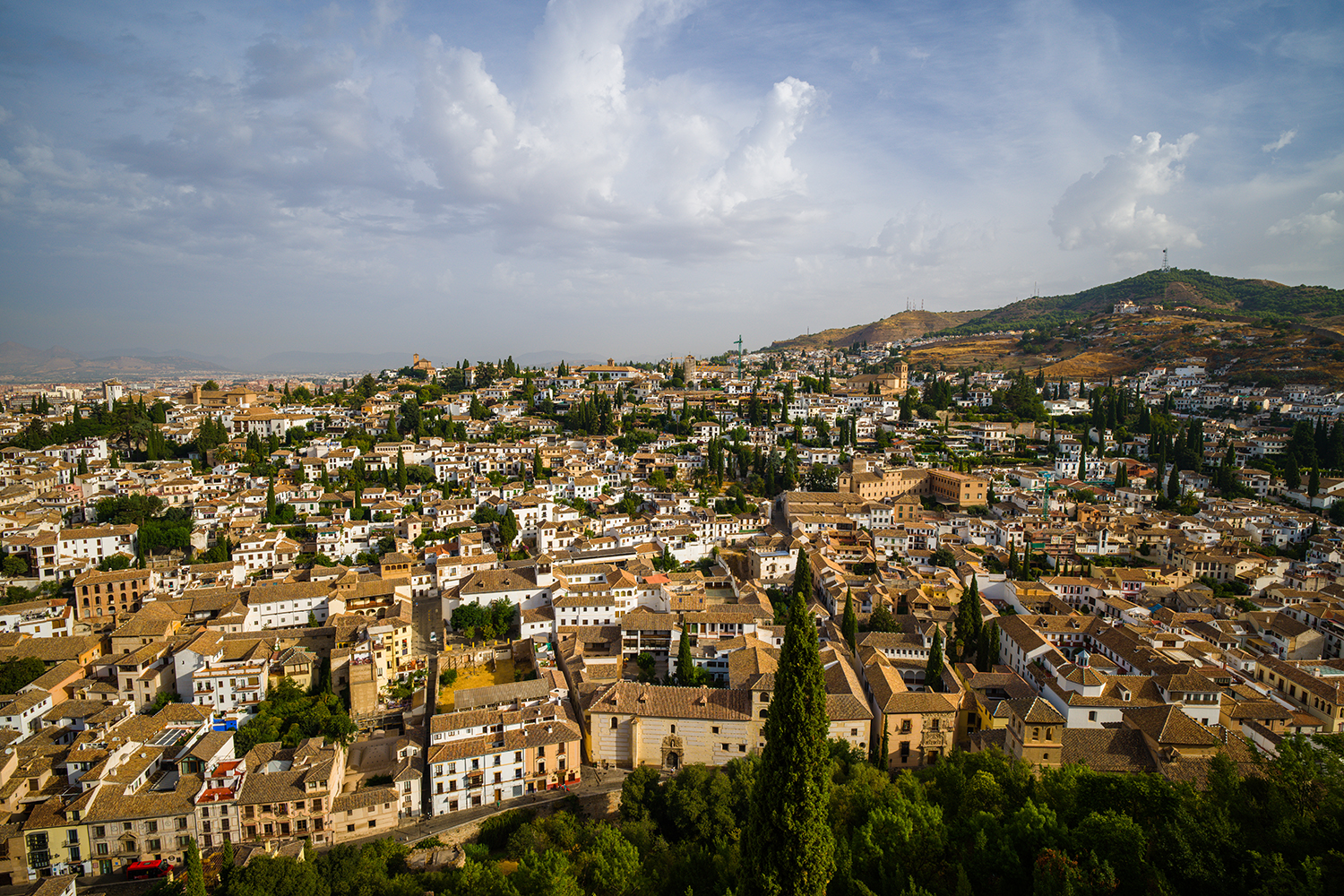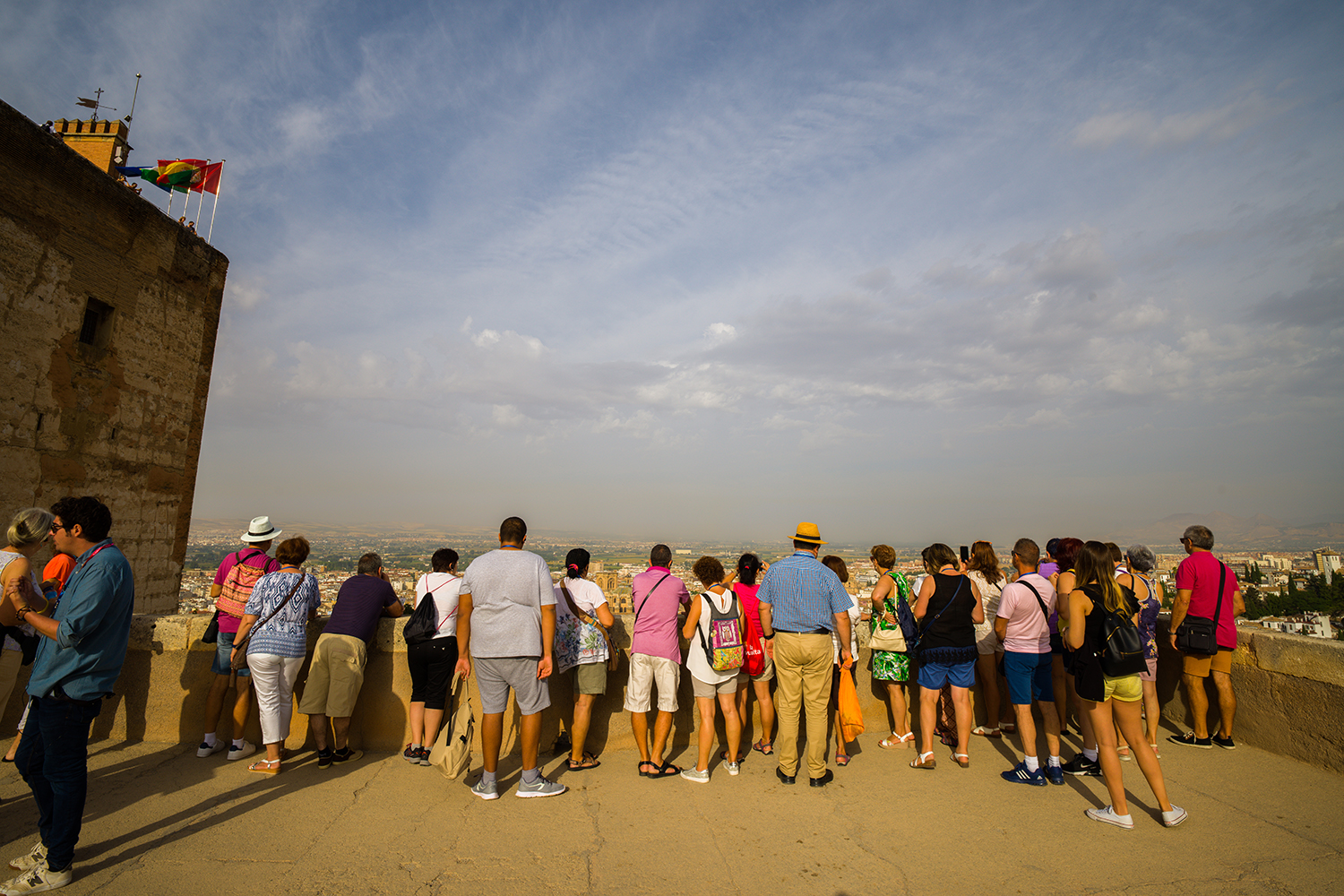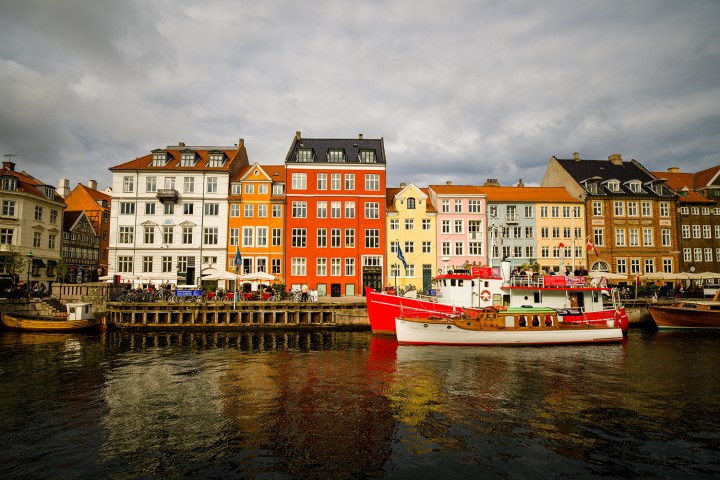
Not long ago, traveling with a digital medium-format camera meant packing your gear into a dedicated Pelican case and crossing your fingers that the airport baggage handlers paid attention to the multiple “handle with care” stickers plastered to the outside. But in 2016, Hasselblad introduced the X1D-50c, the world’s first digital medium-format mirrorless camera. Taking advantage of a downsized sensor (compared to traditional medium-format dimensions), the camera body was about the size of a full-frame DSLR, with lenses that were considerably smaller than those of other medium-format systems. It was the travel camera for the commercial studio photographer, or the high-end accessory for wealthy tech enthusiasts for whom a Leica just wasn’t exclusive enough.
But for any camera system to really work for travel photography, it needs to have a good ultra-wide-angle lens. The new XCD 21mm f/4 is Hasselblad’s first such lens for the X1D, and the company’s widest-ever lens. We recently had the opportunity to take it on a three-week trip to southern Spain, capturing the last humid days of the Mediterranean summer, to see how well it performed in the real world — and if traveling with a medium-format camera is really something worth doing.
The big picture
With a full-frame equivalent focal length of 17mm, the XCD 21mm is geared for landscapes and architecture, and is just the sort of lens you’d want on such a trip. With all of the XCD lenses, Hasselblad has clearly tried to emphasize the compact nature of the system. This is by no means a pocketable camera, but the lenses could have easily been larger, and the 21mm is no different.
Constructed with 13 elements in 9 groups, including two aspherical elements, the lens manages to maintain a length of just over 4 inches and weight of 1.32 pounds. Looking at the glass, it doesn’t look like an ultra-wide angle; the front element seems far too small to for this type of lens, particularly when it has to cover such a large sensor. This does come with an image quality trade-off — vignetting is quite strong — but it means that carrying a medium-format camera system with you is no longer the chore it once was.
The XCD 21mm lets you shoot the X1D in environments you previously couldn’t.
XCD lenses, then, are not themselves the selling point of the system. Rather, their main purpose is to make the X1D camera as approachable and usable as possible. In any other system, it’s easy to argue that the lenses are what matter most; here, it really is about the camera. You shoot the X1D because you want its massive resolution and expansive dynamic range, and each new lens allows you to bring that into a new situation. This is precisely what makes the 21mm f/4 so important — it lets you shoot the X1D in environments you previously couldn’t, and environments in which it happens to perform quite well.
In reality, most photographers will be traveling with more than one lens in their bags, but we had just the X1D and the 21mm tucked into our Wandrd Prvke 21 backpack. If we had to pick just one lens to use over an extended period of time, an ultra-wide probably wouldn’t be our first choice. But there is also something liberating about being forced to use a single lens, particularly when it’s not a zoom. Freed of the burden of choice, you can focus solely on framing and finding the subjects that work for your setup.
Of course, working with a lens this wide actually makes the framing process somewhat difficult. It’s hard to cut out unwanted elements from the scene when the lens sees so much to begin with. This requires you to put in more thought, more effort — but this is exactly what the X1D was designed for. It’s a slow camera from the beginning, and while that is generally seen as a negative, that lack of speed won’t affect you at all when working with this lens, in the way you’re meant to.
To be sure, this isn’t a setup for casual travel photography, not that anyone looking at the combined price of $12,750 would think it was (the lens is $3,750 on its own). But it makes for an incredibly rewarding experience when you take the time to get it right.
Image quality
For landscapes, the wide angle of view means you’ll often capture broad areas of both ground and sky, and the difference in exposure value from one edge of the scene to the next may be quite large. This is where the extreme dynamic range of the X1D comes into play, as it allows you to recover detail from shadows and highlights that just isn’t possible with smaller sensor cameras. In fact, were it on a lesser camera, we may not have praised this lens so much. But the X1D makes it shine.
As we alluded to above, the size restraints do come at the expense of image quality in some areas. Vignetting is very strong, and not just at the widest apertures. Even at f/8, there is a very noticeable difference between the exposure at the center of the frame and at the edge. Distortion, too, is quite apparent — although, not really any more than expected for this focal length.
Fortunately, Both of these flaws are easily corrected in post, so it’s not a huge issue, but fixing distortion will result in a slight crop, and correcting vignetting may increase noise in some situations. For the purpose of this article, we have left lens corrections turned off in all sample photos.
As for sharpness, well, it’s absolutely superb — as it needs to be to take advantage of the X1D’s 50-megapixel sensor. At f/4, there is a slight drop off toward the edges, but it’s remarkably mild. As always, stopping down to f/8 or f/11 will sharpen the edges right up. Should you not need such a wide field of view, there’s plenty of resolution to crop, so the lens is perhaps a bit more flexible than you might think. The X1D may be two years old, but it never ceases to impress us with how much detail it captures.
A travel photographer’s dream setup
While it won’t extend the X1D’s reach beyond its expensive niche, the 21mm f/4 is a brilliant addition to the growing lineup of XCD lenses. It makes the X1D considerably more versatile by opening it up to the world of wide-angle landscape photography, where the camera’s medium-format sensor feels right at home. Yes, you can get wider lenses on full-frame, but you won’t get the resolution or dynamic range of the X1D.
The lens opens the camera to the world of wide-angle landscape photography, where medium format feels right at home.
Even though it remains larger than many smaller-format mirrorless models, the size and weight isn’t so bad that you can’t carry it with you for a full day of shooting. The X1D really is a travel photographer’s dream camera now, both in the sense of how good it is, but also in the sense that most people can only afford it in their dreams. Medium format has grown more approachable thanks in big part to the X1D (as well as the less-expensive Fujifilm GFX 50S), but it remains relatively exclusive to a small crowd. At the time of writing, Hasselblad is offering a $2,500 instant rebate on the X1D-50c, bringing the price to $6,500, but even this is way out of reach for most photographers.
Still, we feel that the X1D has really hit its stride with this 21mm lens. In landscape photography, the slow start-up time, outdated contrast-detection autofocus, and poor battery life really don’t come into play. We’d still love to see the X1D (or its eventual successor) improve in these areas, but for now, we really have no major complaints about our time with it and the XCD 21mm f/4. It’s an excellent combination for serious travel photography, and our only regret is that we couldn’t have stayed longer and shot with it more.





